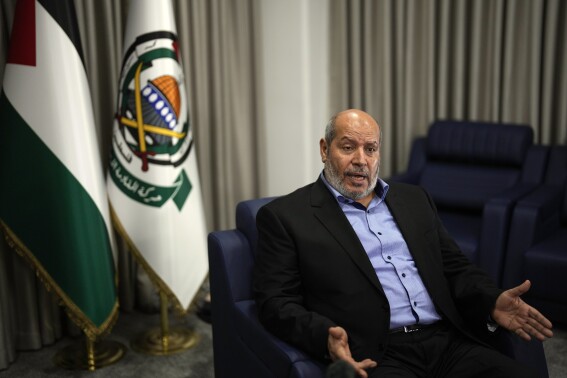the palestinians in gaza lived below the national poverty line before the war
It has been common knowledge before the war that Gaza is under a land, air and sea blockade for many years preventing entrance of food and building materials, which has caused most of her citizens of the most densely populated place on earth to live in poverty with lack of economic access to food and high unemployment rate, this has caused most of the population to depend on humanitarian assistance.
We checked this information through simple google searches, and it is clear that before the war Gaza possessed functioning systems and infrastructure in key areas, before you believe propaganda, google and do some research.
food services
Gazans had access to food markets. You can see a gallery of photos in the site GazaGrub, and in many other sites, see how much good quality food was to be found in the markets.
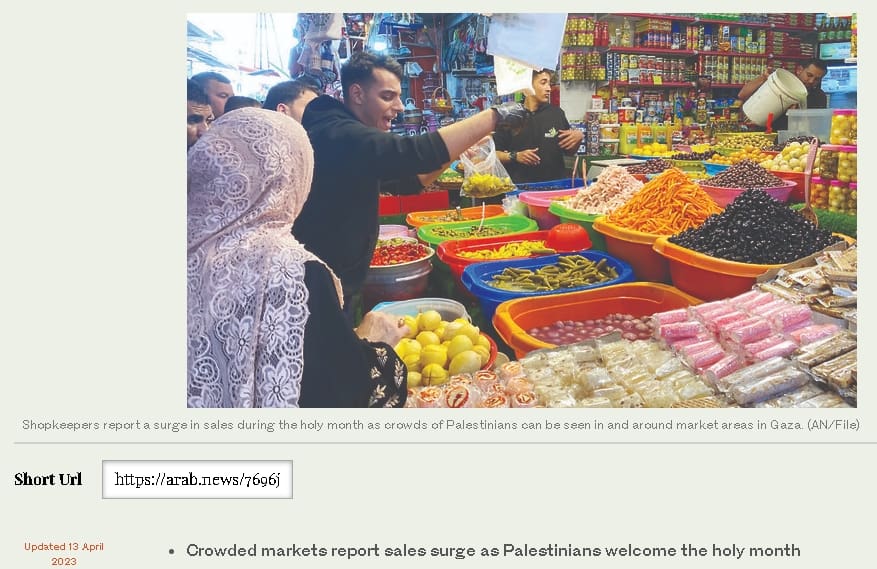
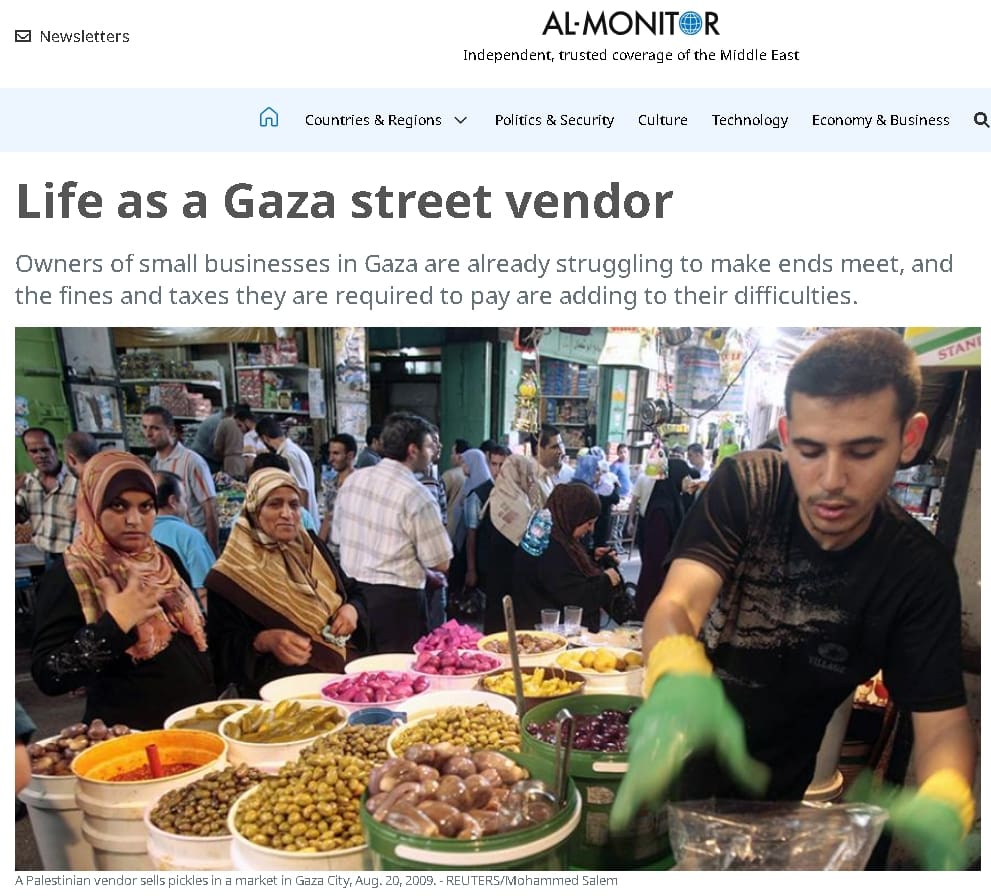
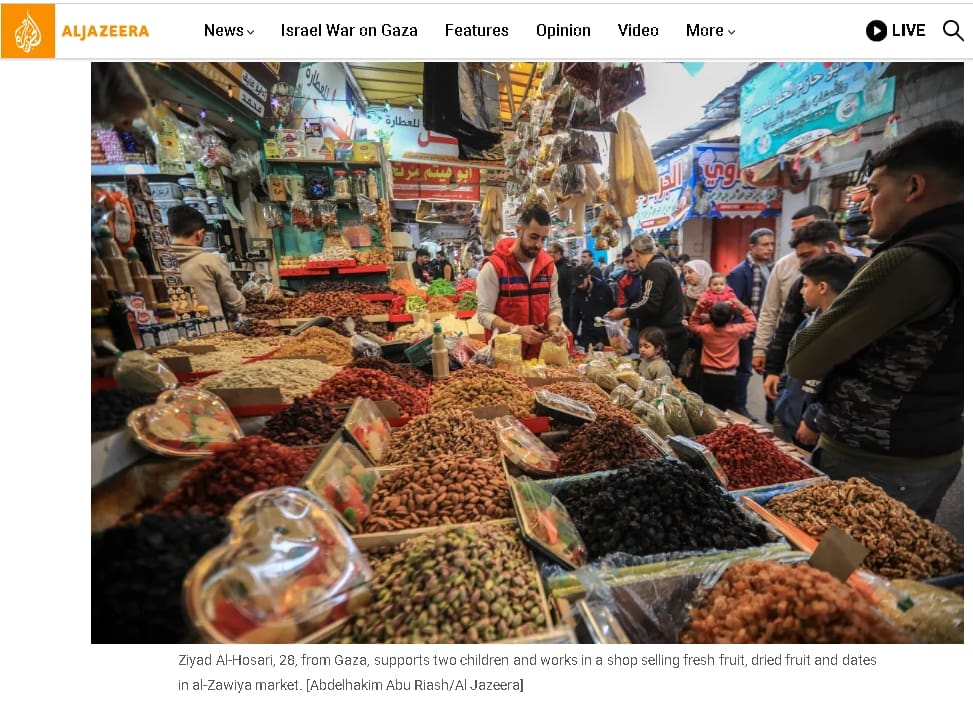

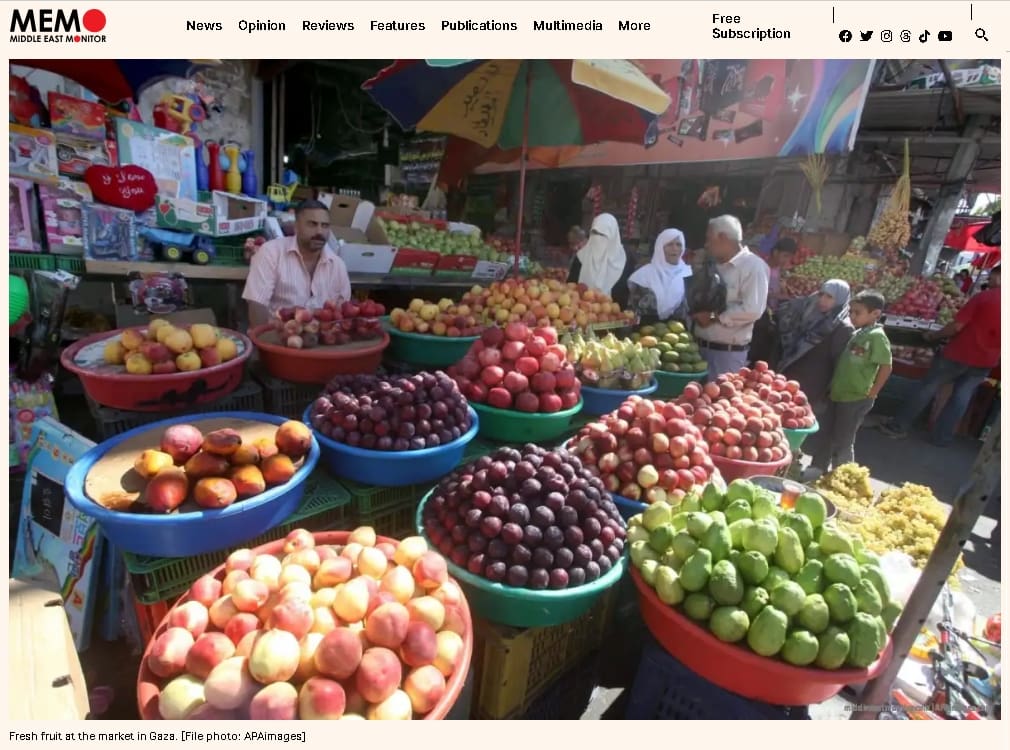
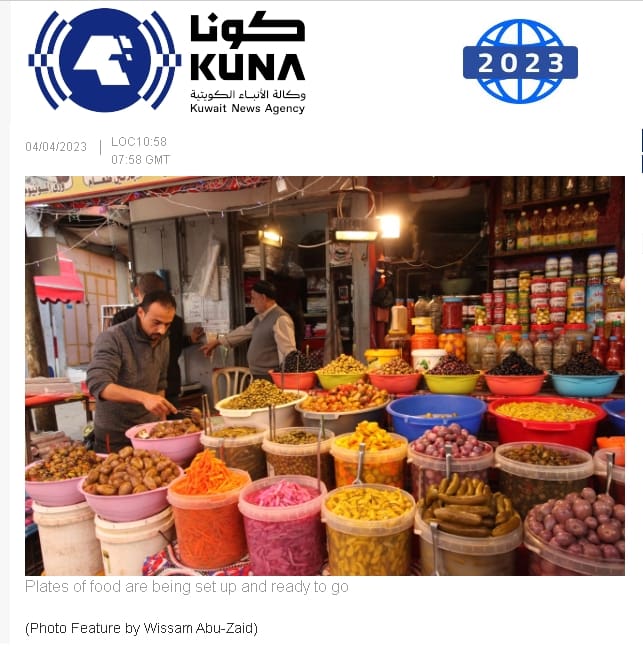
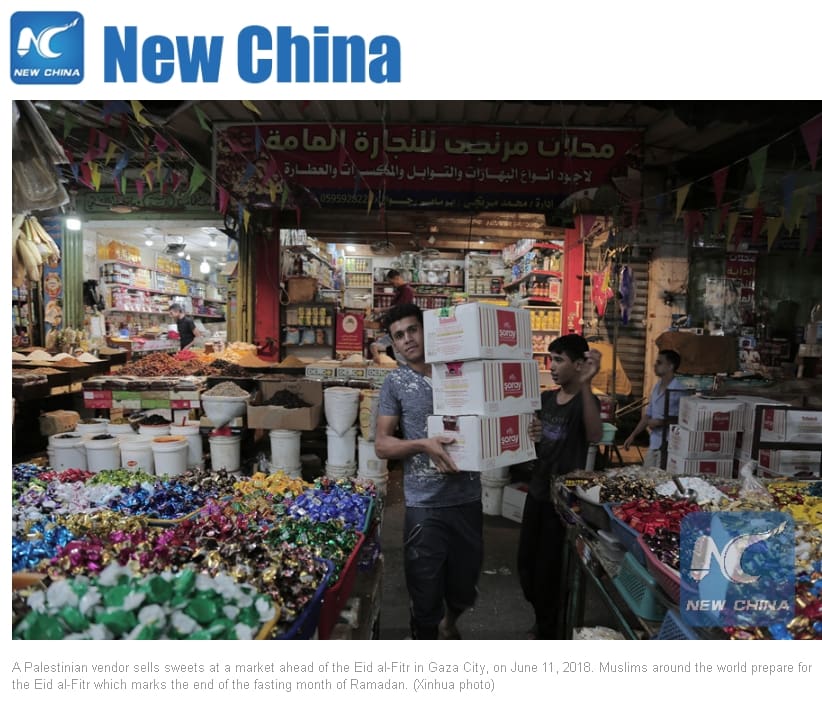
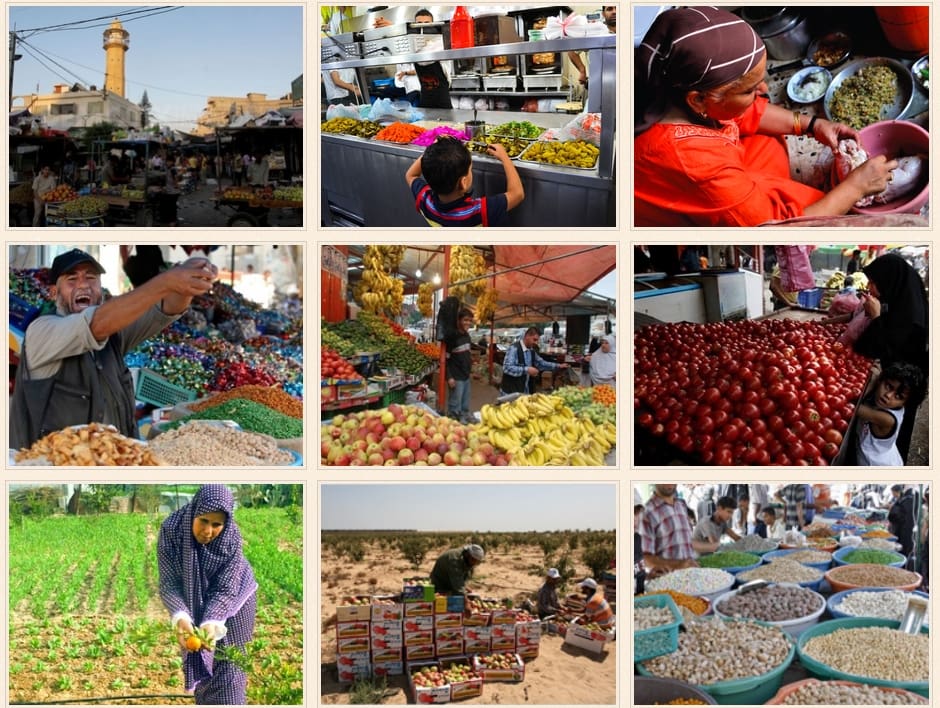

Gazans had also access to cafeterias, restaurants and take away as shown in many sites and restaurant accounts in the networks:


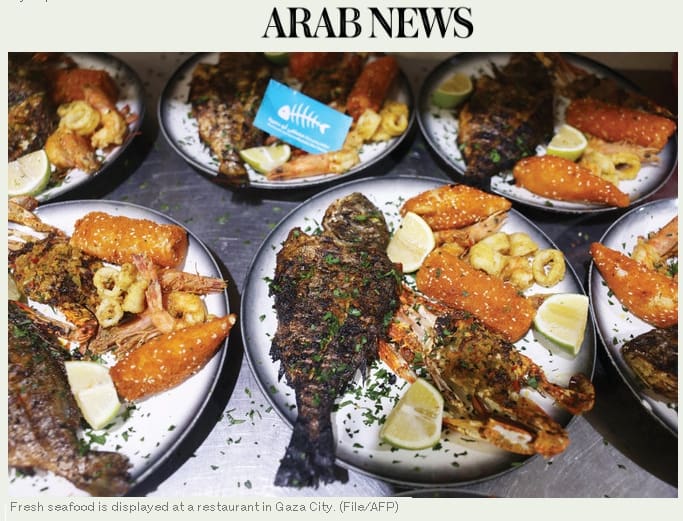
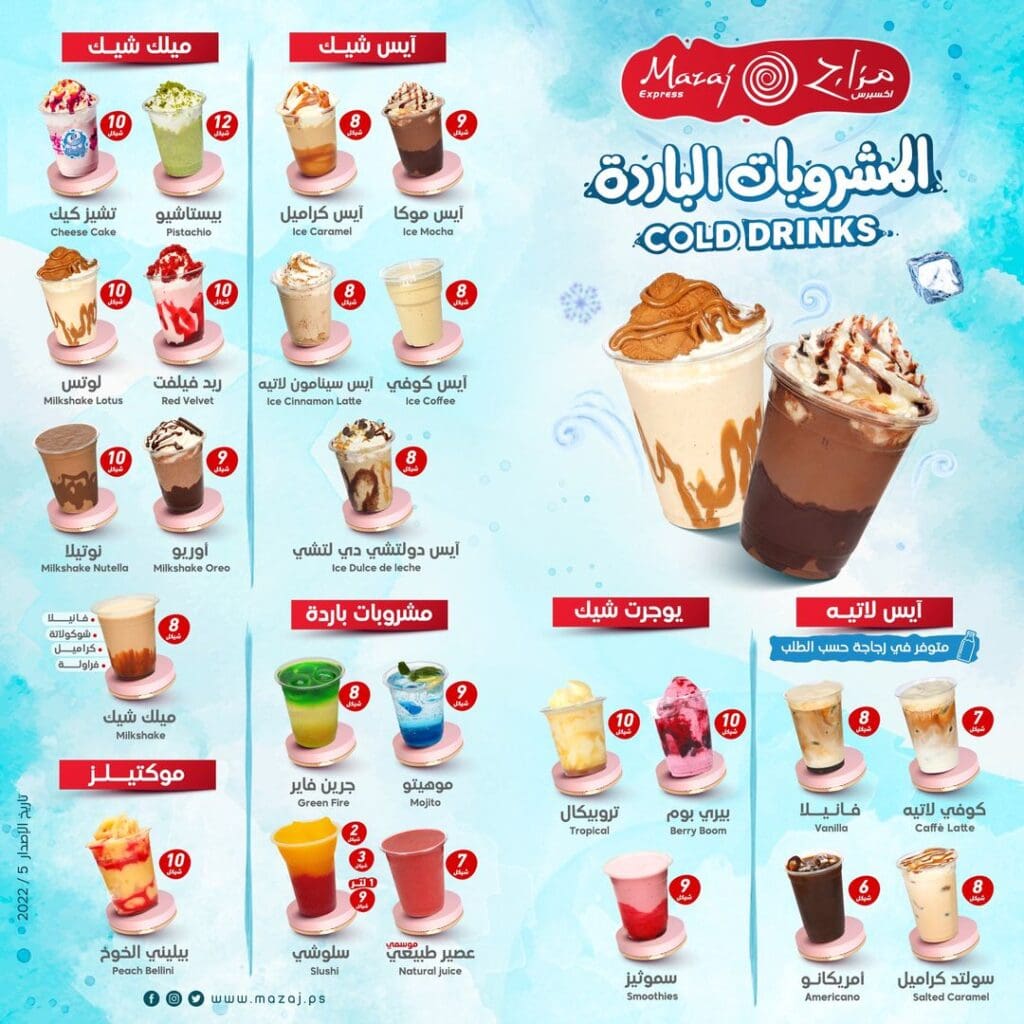
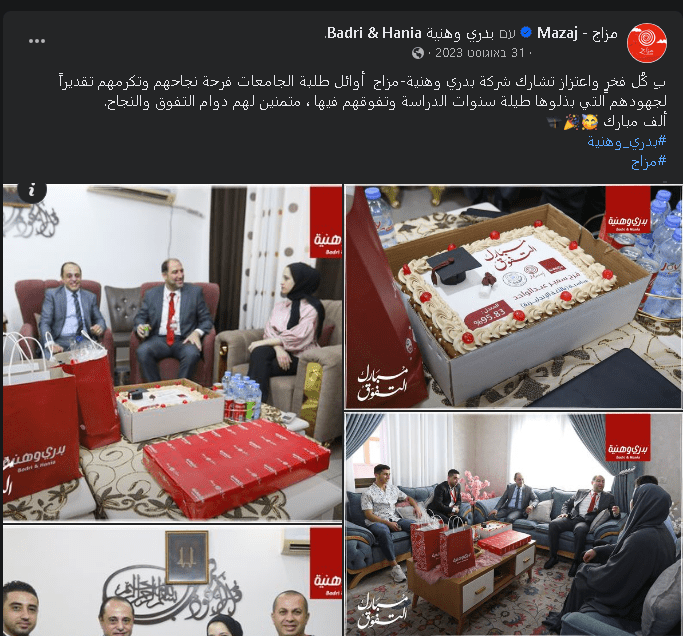

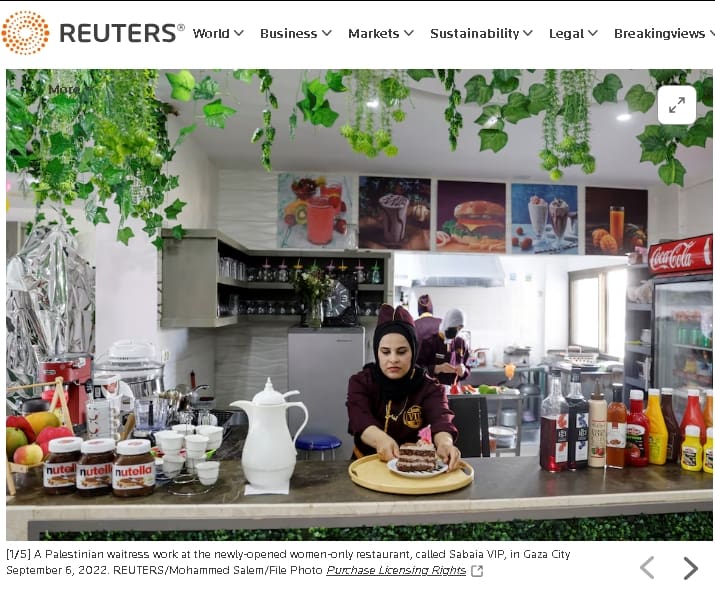
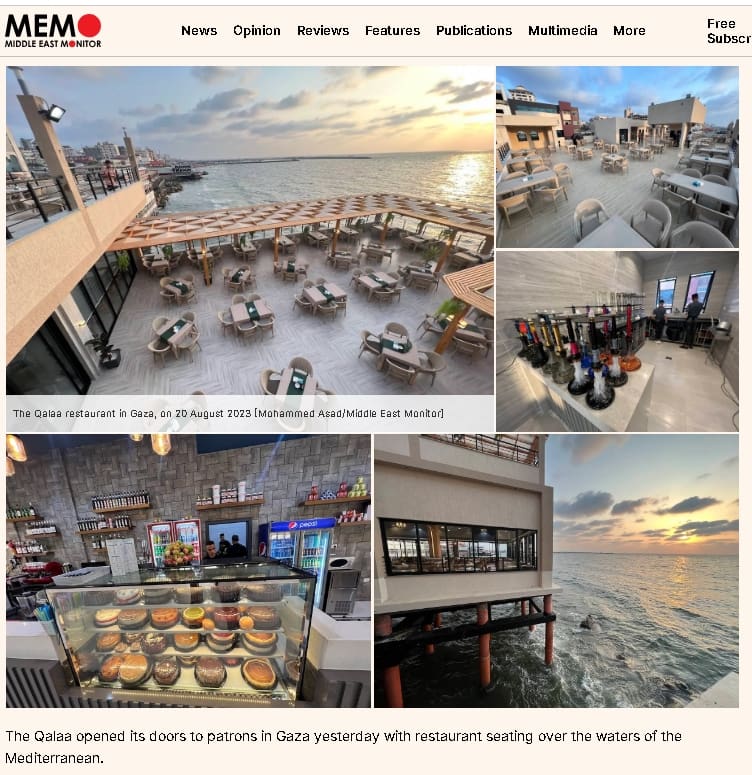
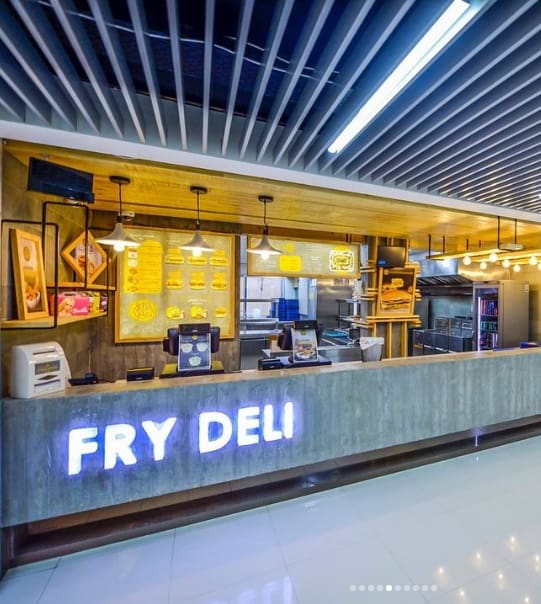
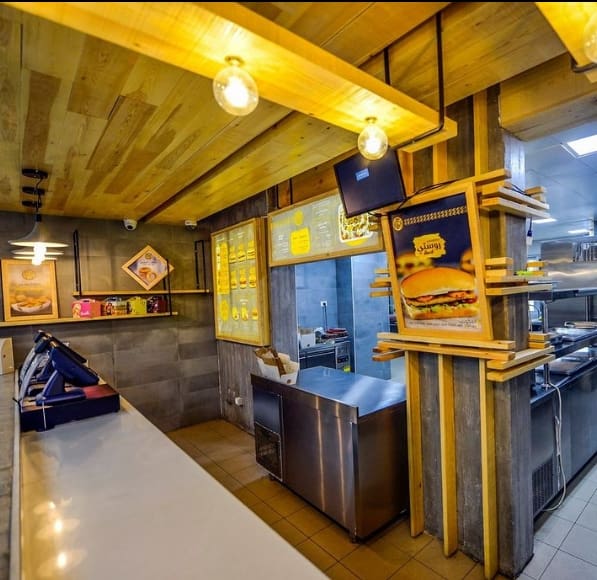
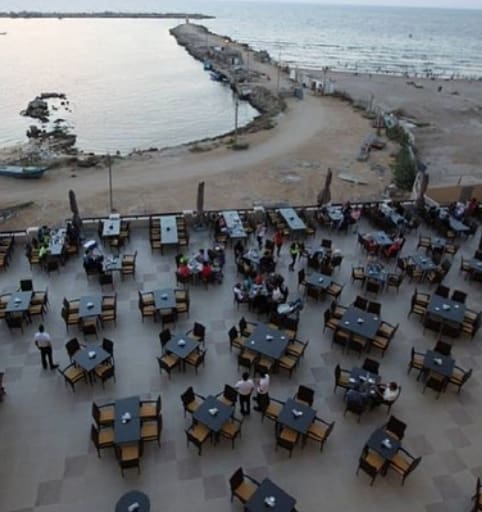
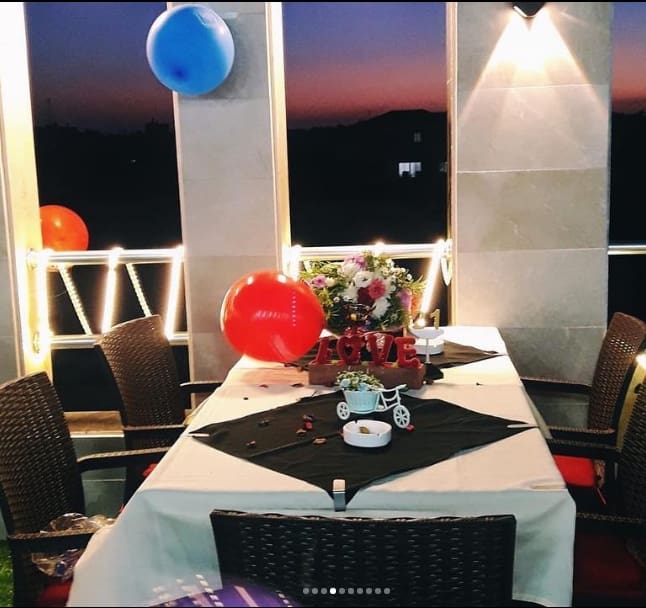
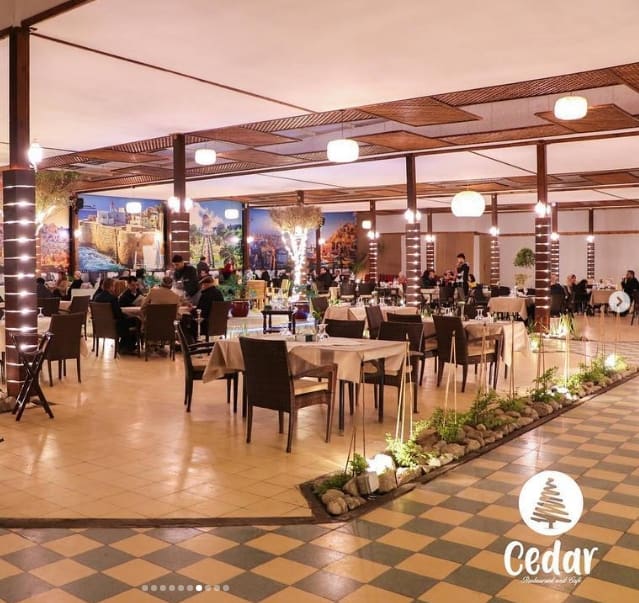
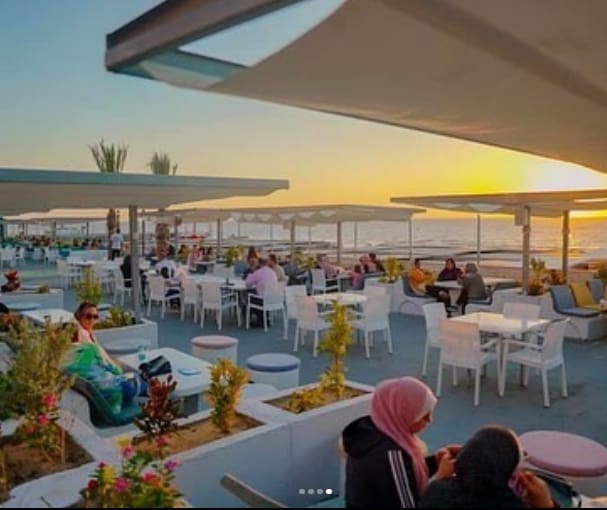
The Elsada Shafoot Original restaurant:
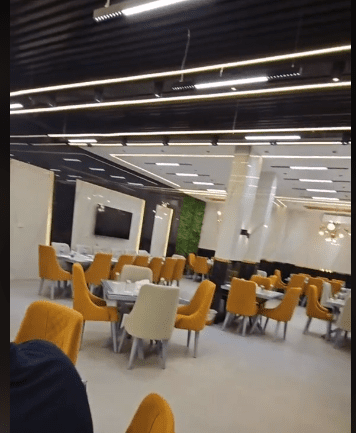
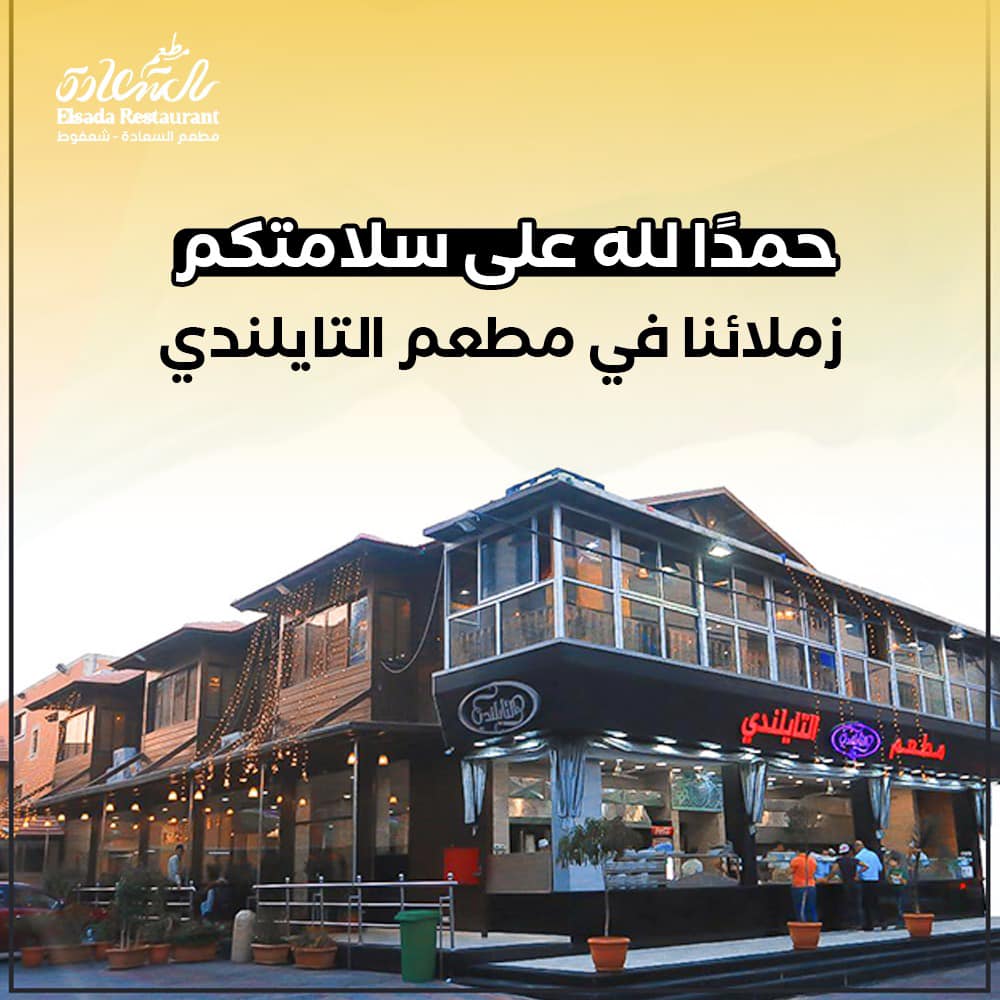
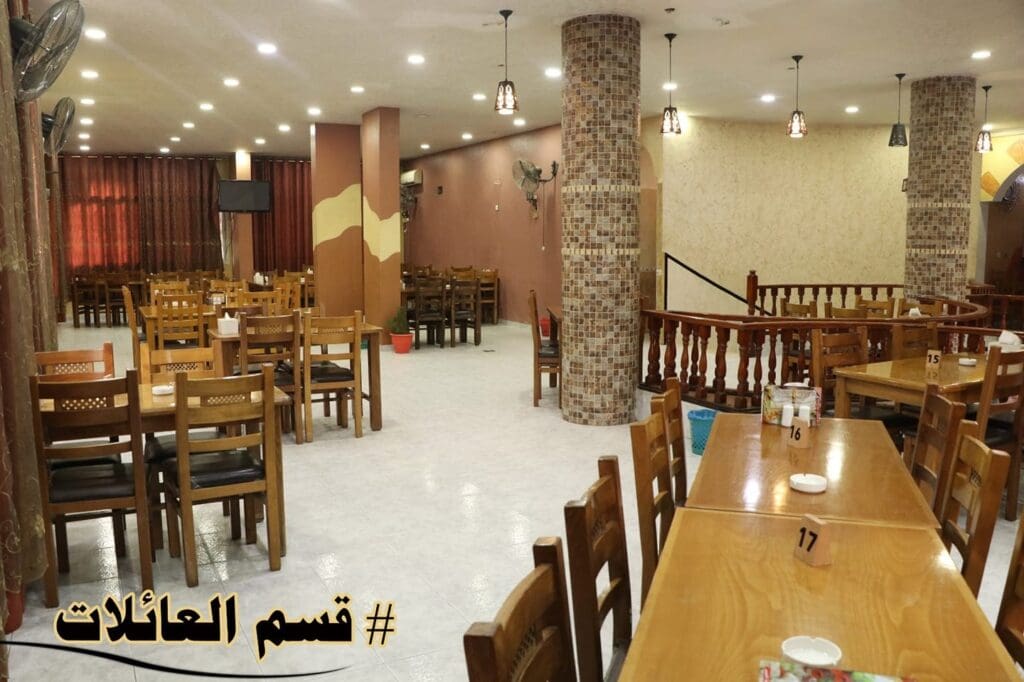
The supermarkets were filled with food, some of it transferred into Gaza through Israel.
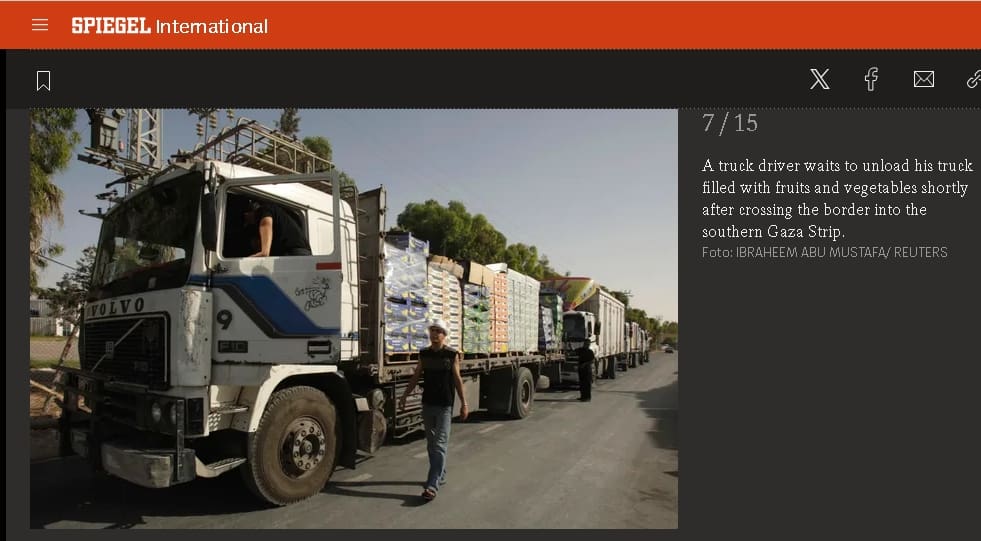
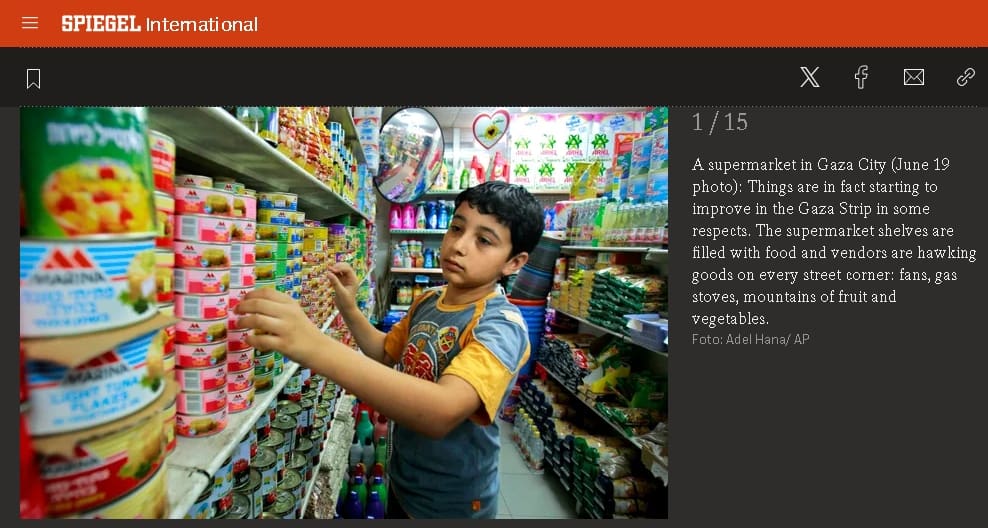
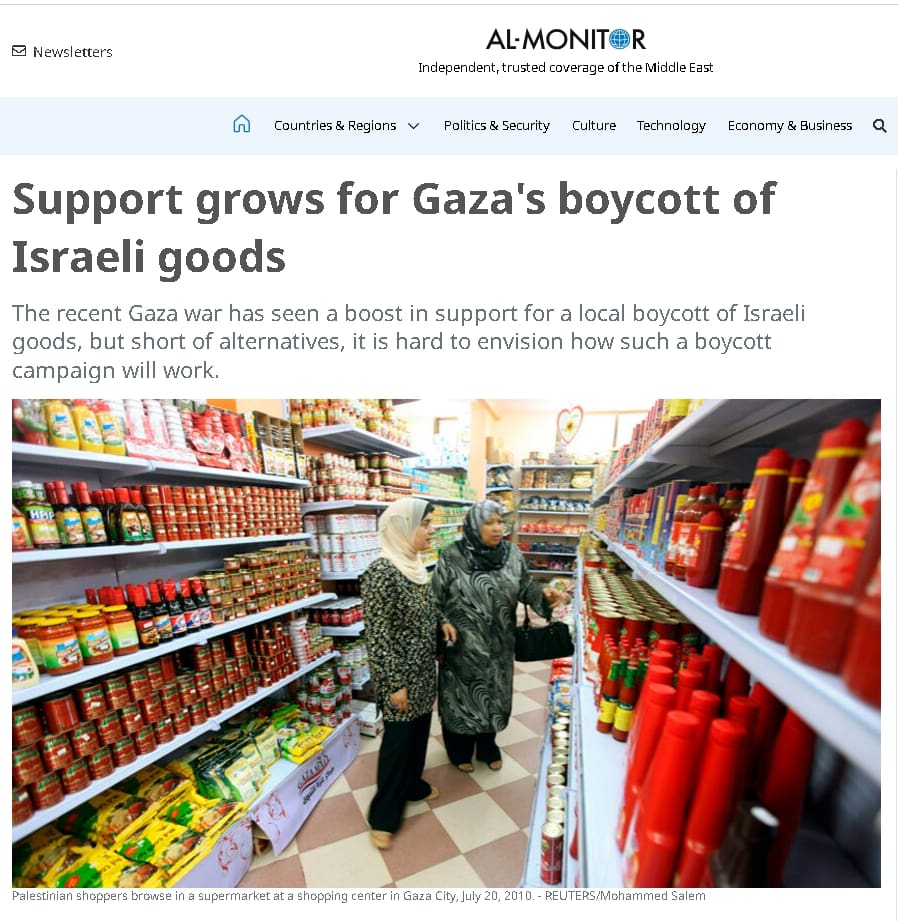

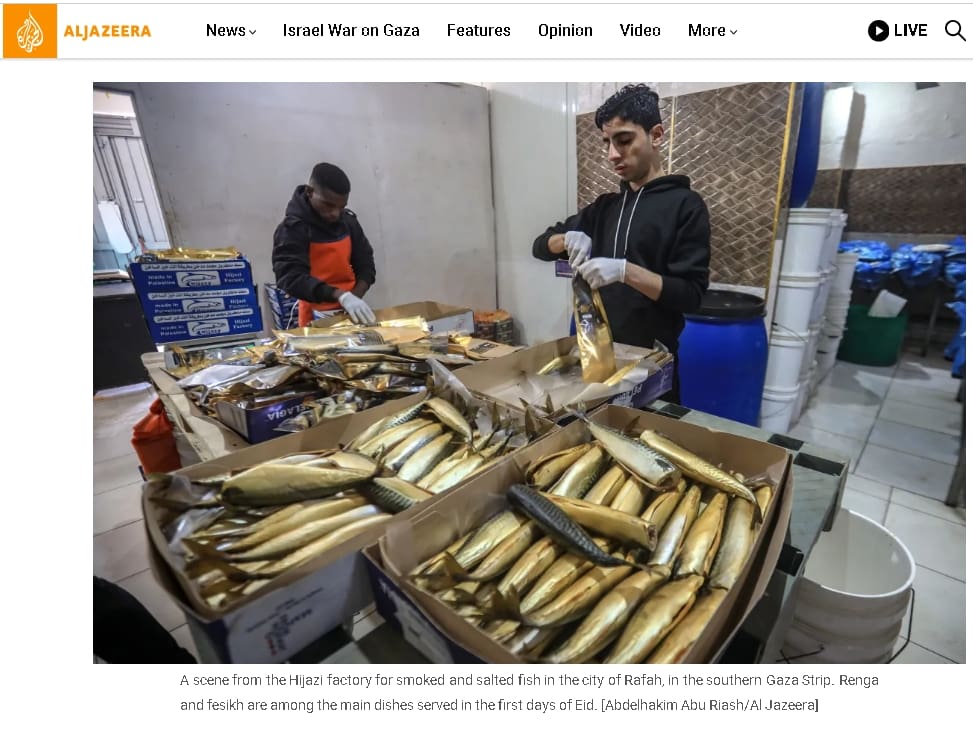
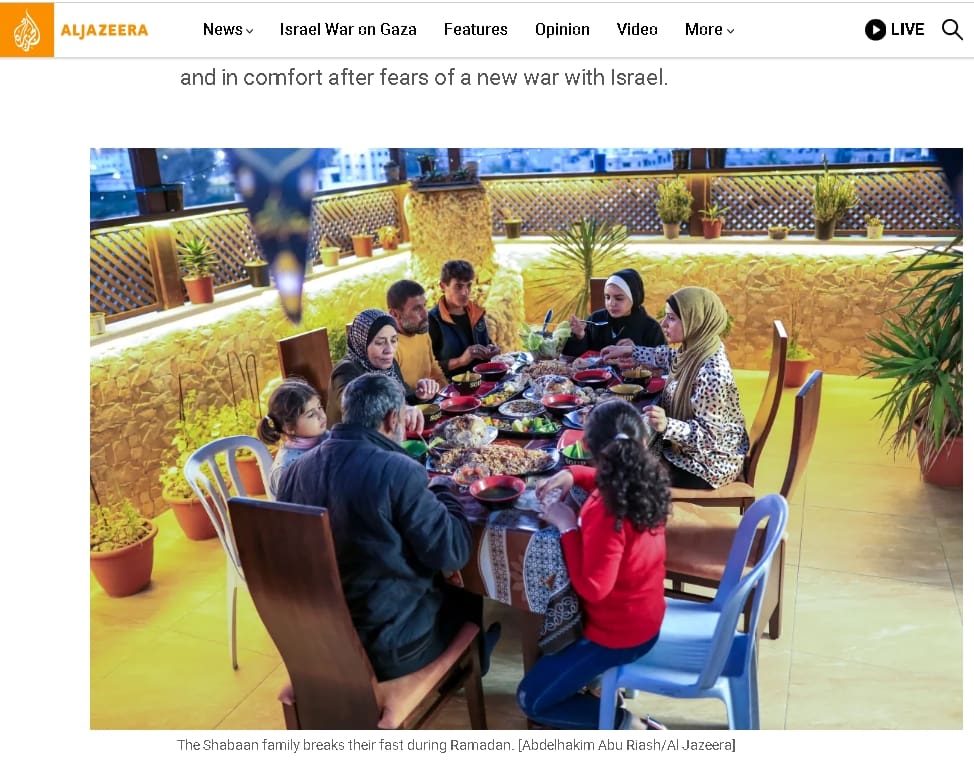
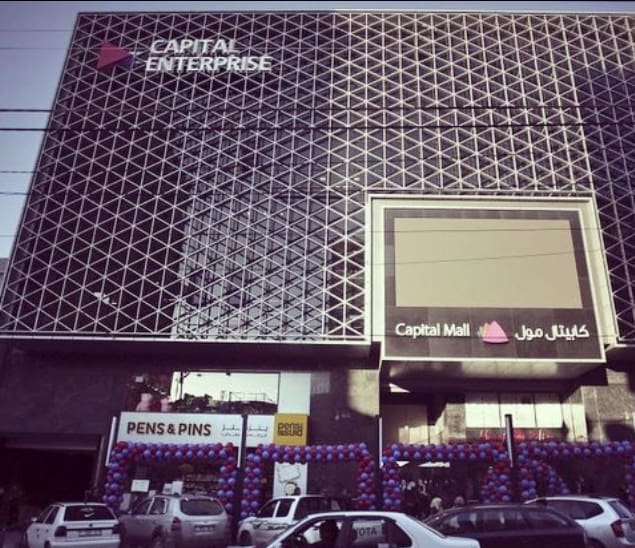
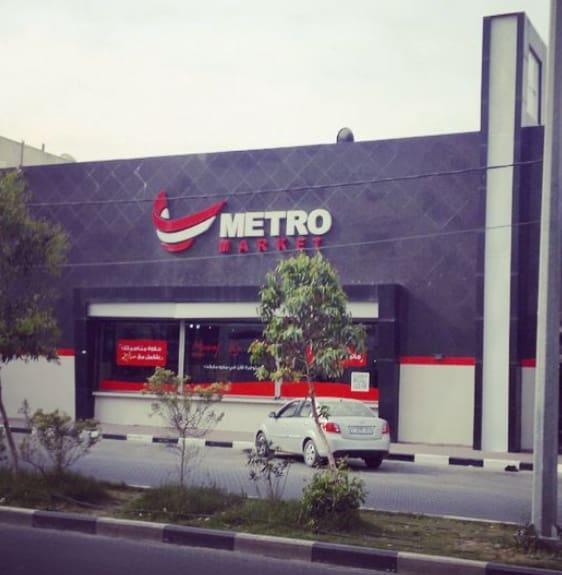
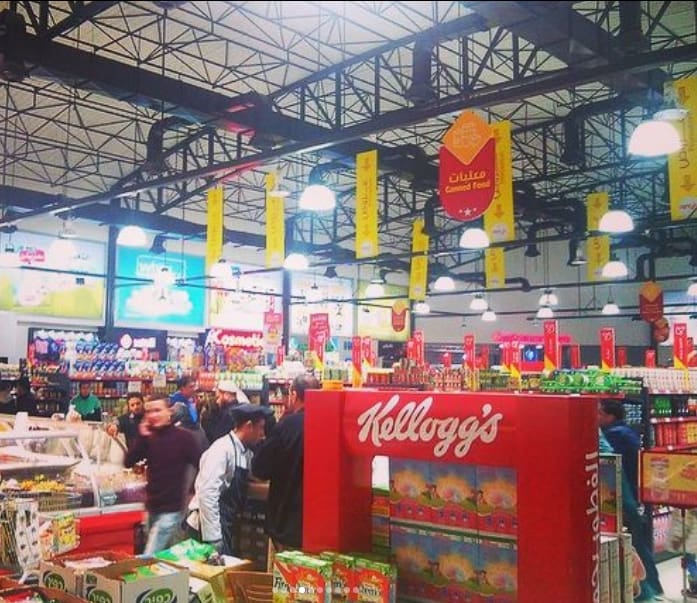
Commercial Centers
Shopping malls offered opportunities to purchase necessary items as well as luxury goods like fashionable clothing and jewelry, as you can see in the safa.ps site, on 2021 there were 23 active malls in Gaza.
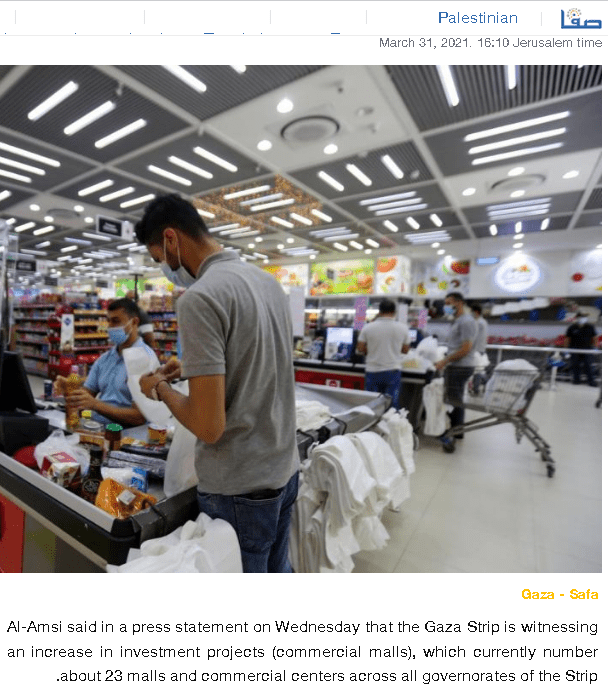
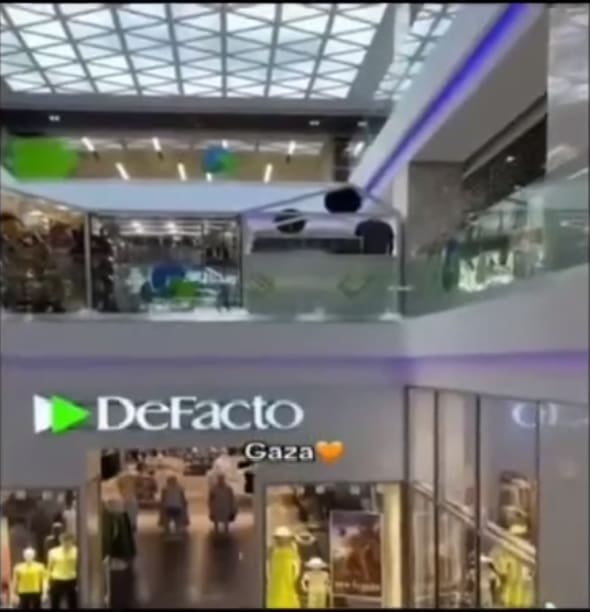
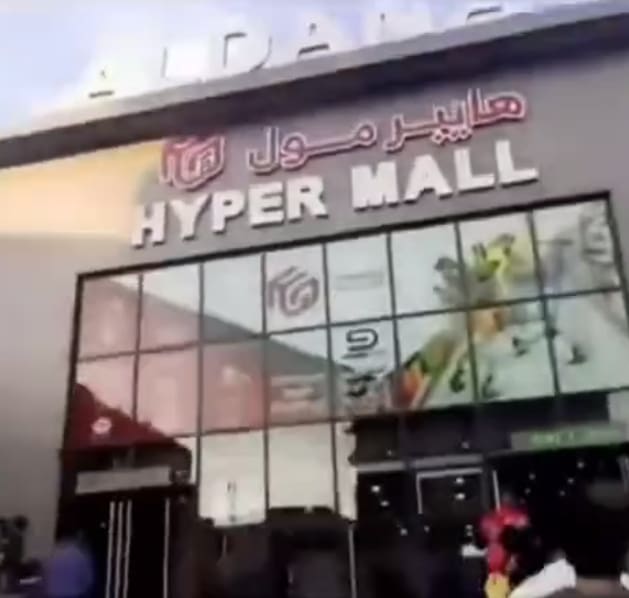

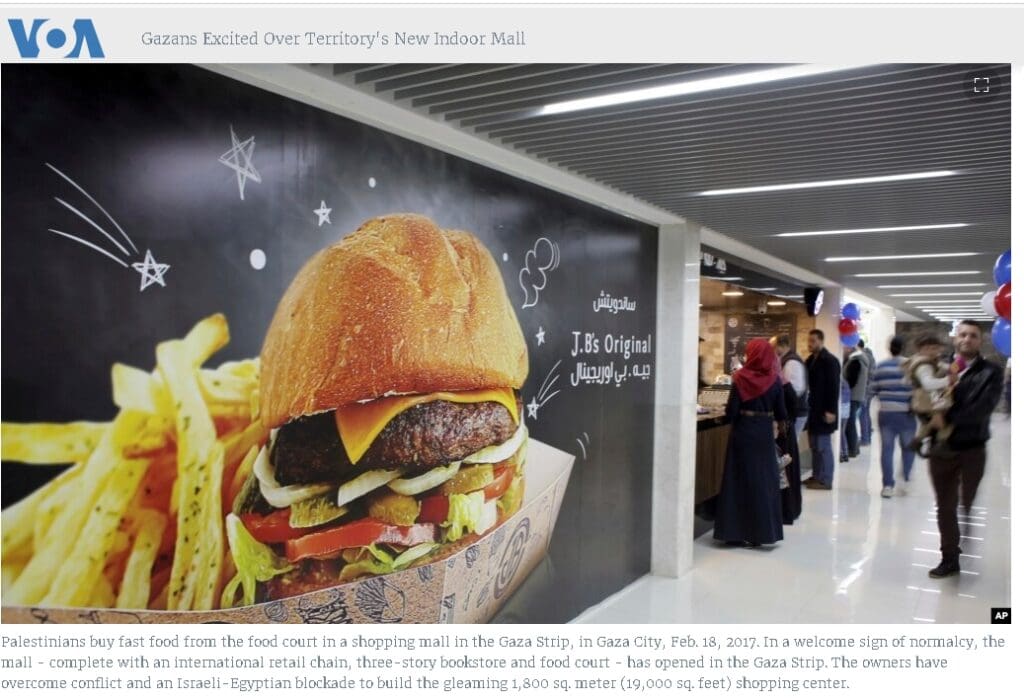
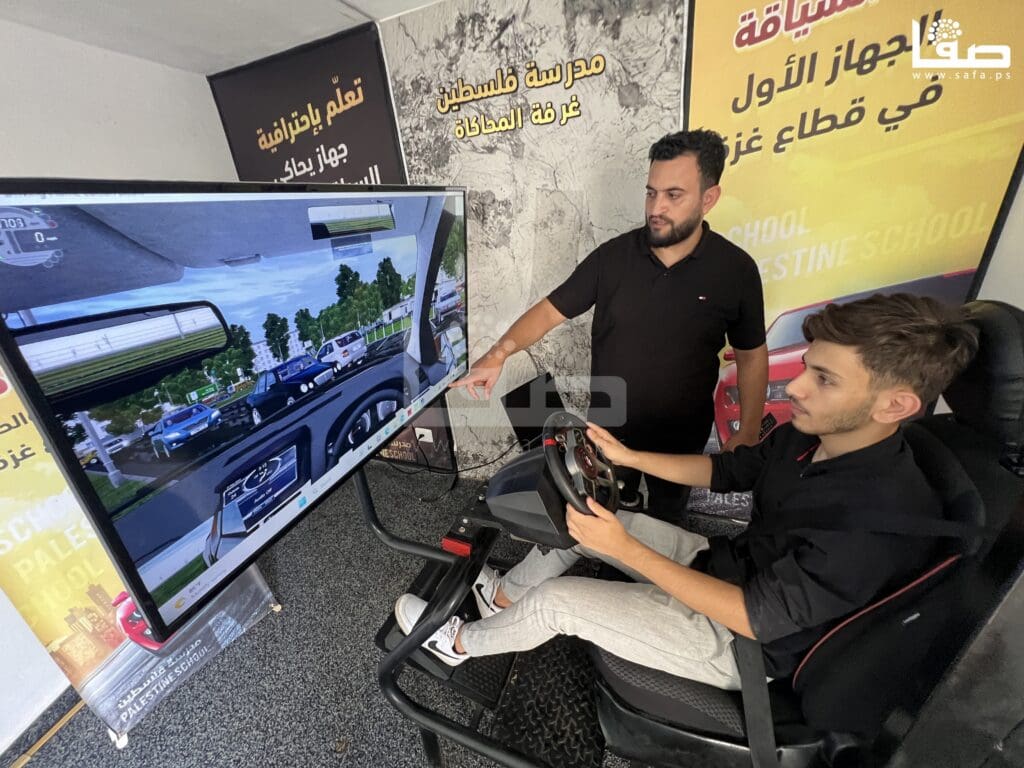
The Gaza Mall opened on 2017, with perfume and makeup, home decor and mobile phones, clinics and office space, shoes and clothes shops from the Turkish chain “De
Facto,” gifts and school supplies in the bookstore and burgers, pizza and ice cream in fourth-floor food court and cars simulator.

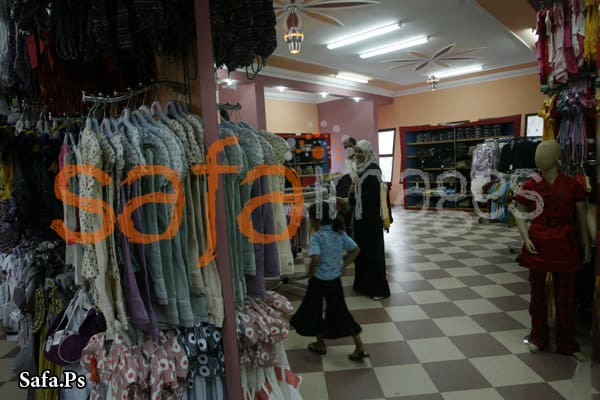
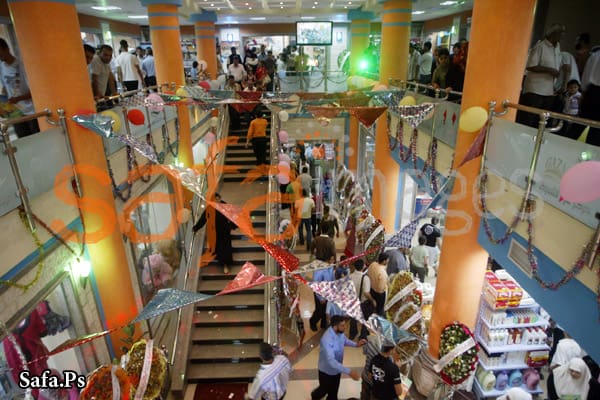


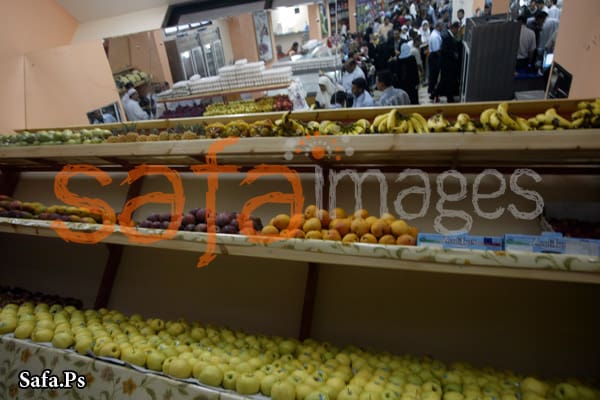
The shopping mall called “Strip Mall”, opened on 2010, taken from huffpost.com
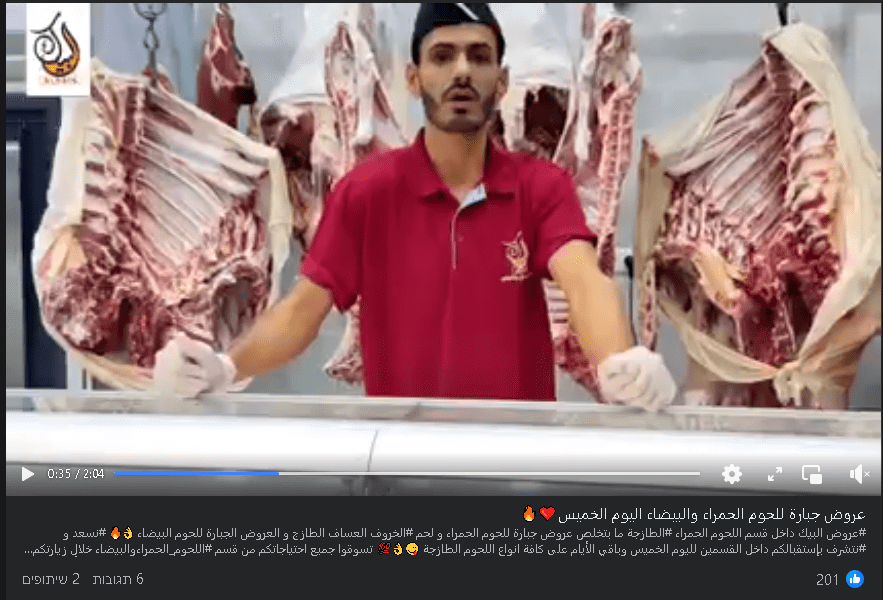
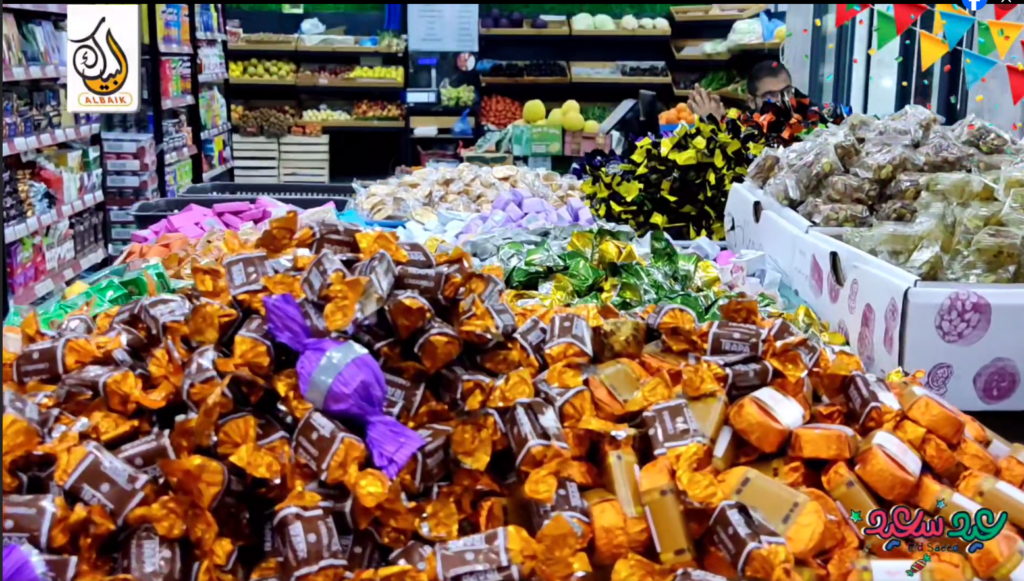
The Al-Baik center, built by the Qatar company the Wafi Group, which has built many more luxury centers and houses in Gaza:
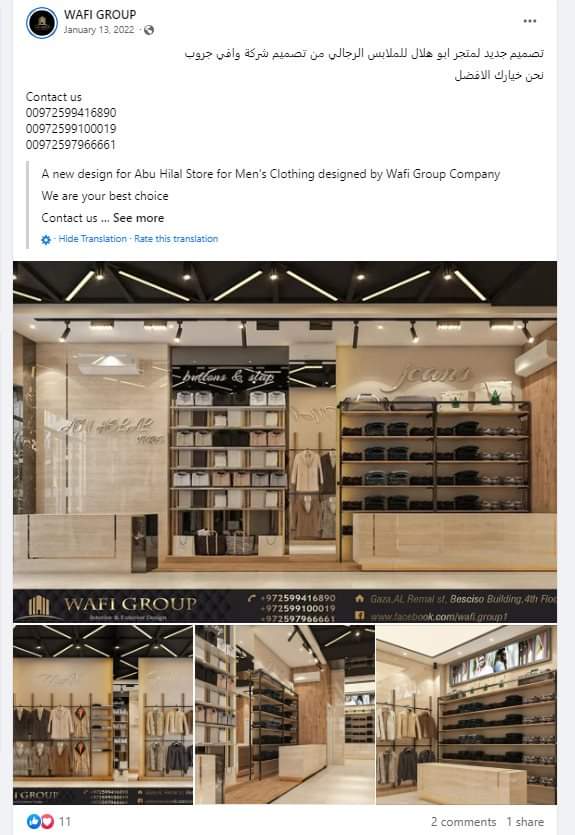

Automotive Industry
Gaza had car showrooms which sold both standard and high-end vehicle models, luxury and classic cars, and even antique cars, Gazans also self developed solar cars, limo for weddings and race cars .

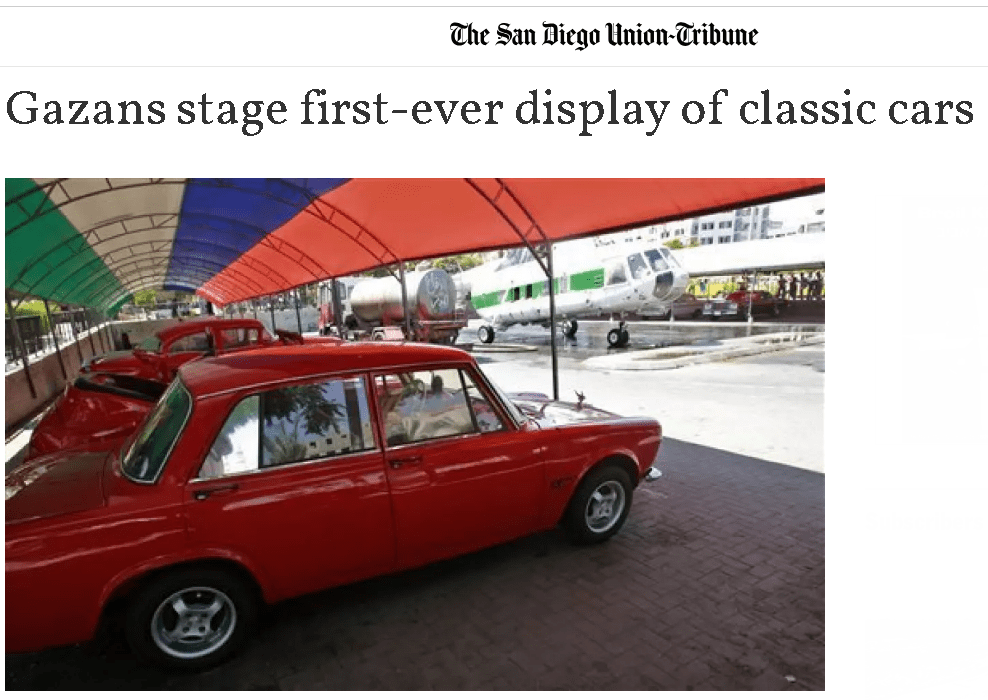


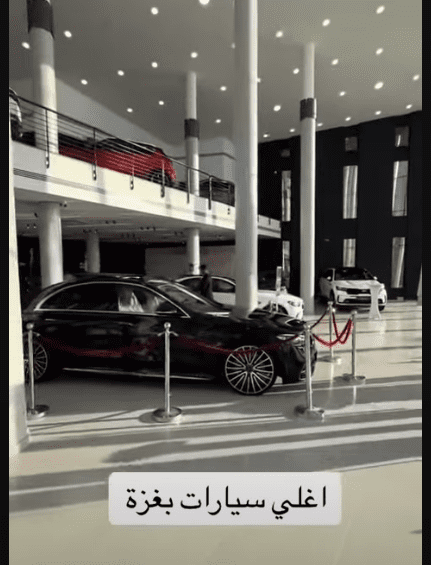

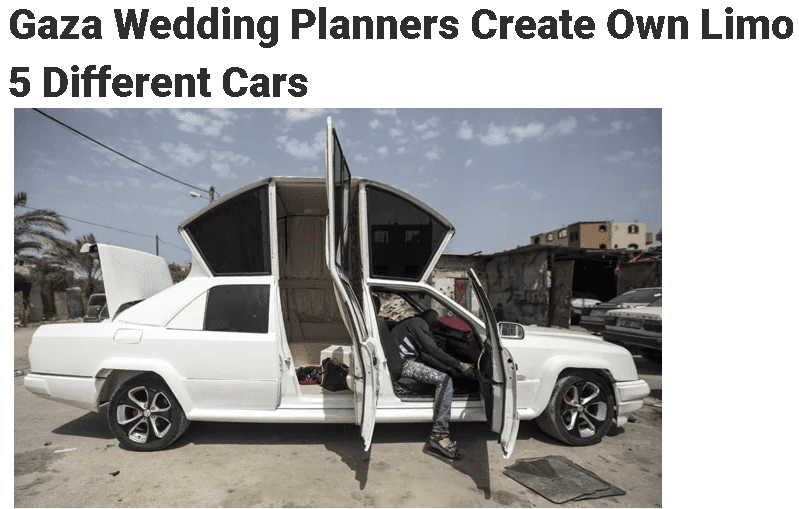
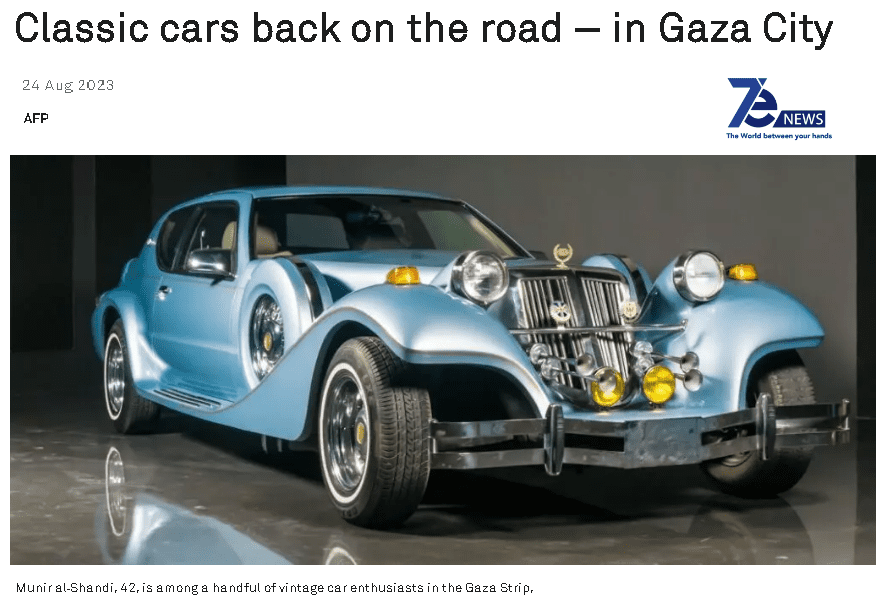

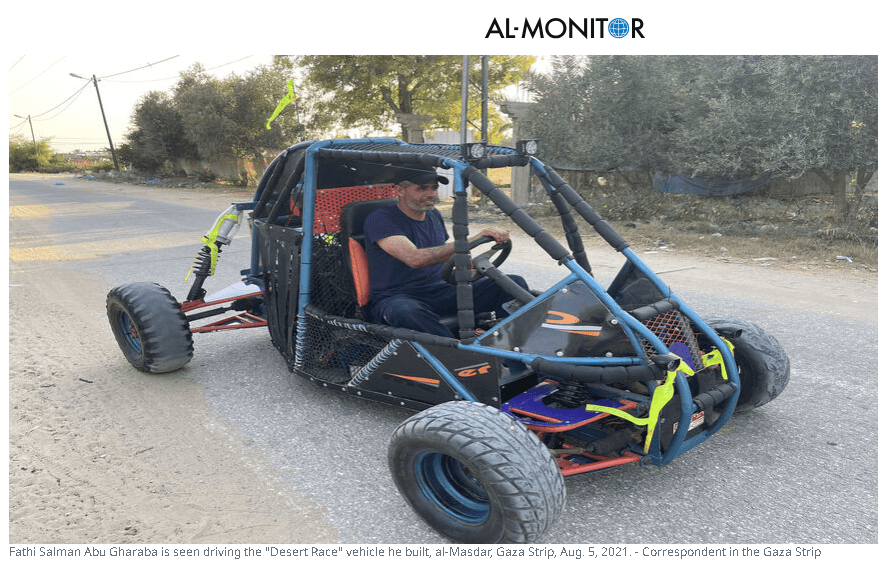

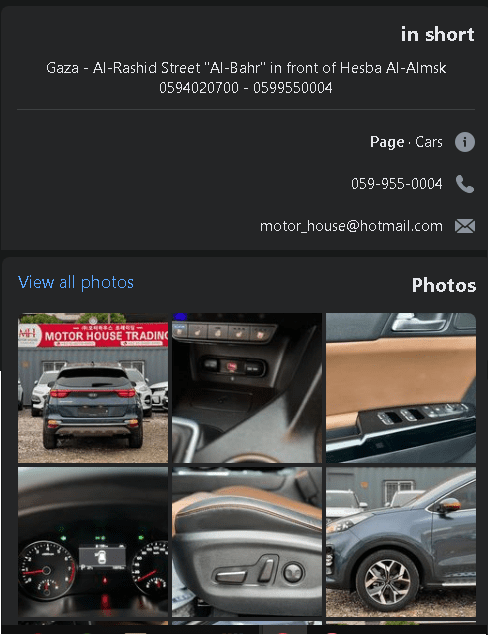
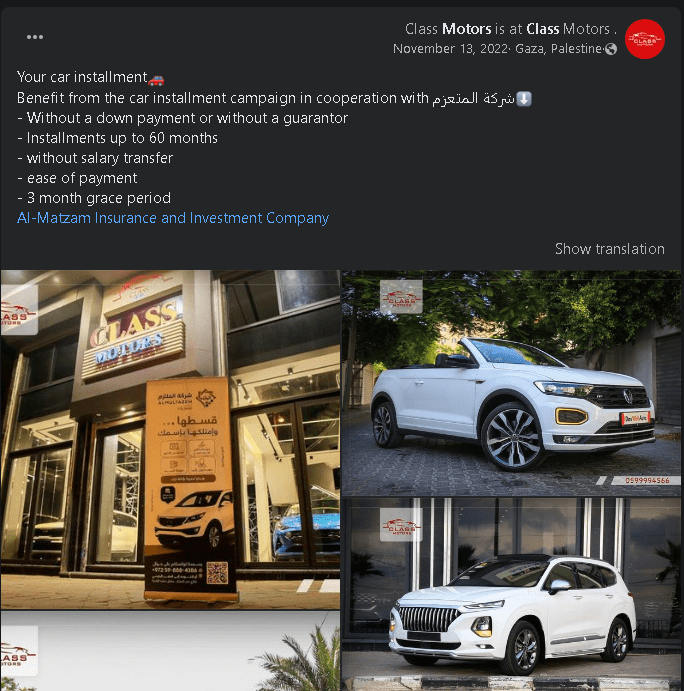
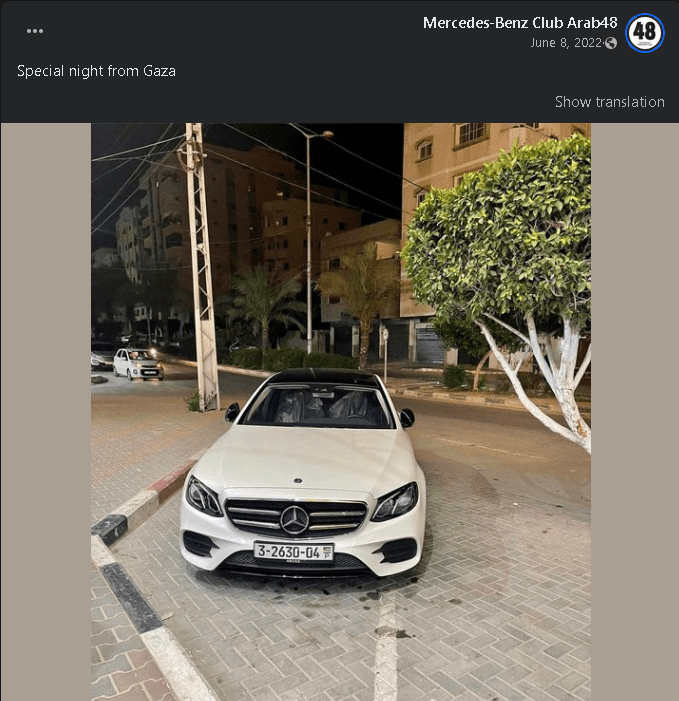
Tourist Sector
Four-star hotels operating in Gaza’s beachfront areas provided upscale accommodation options.

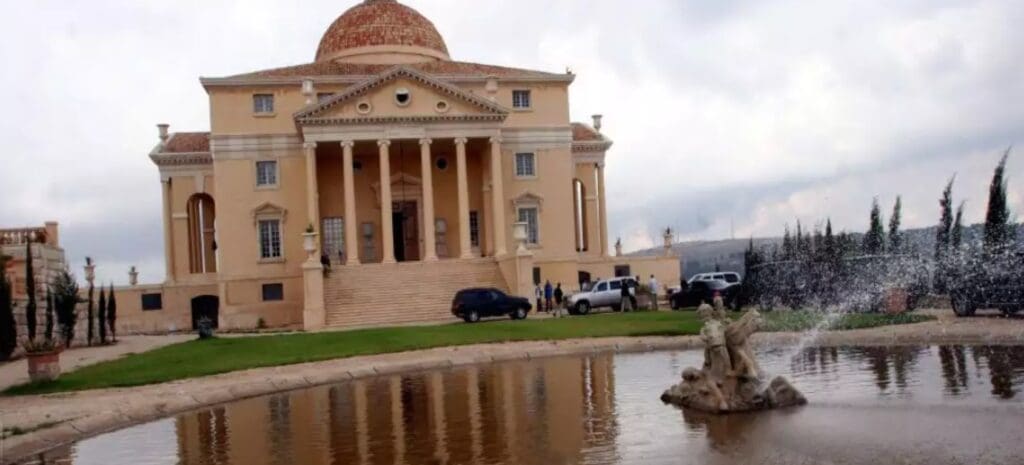
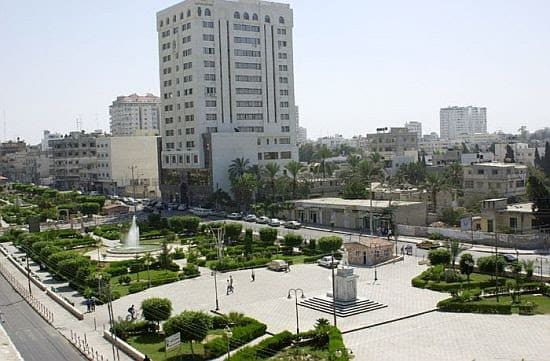

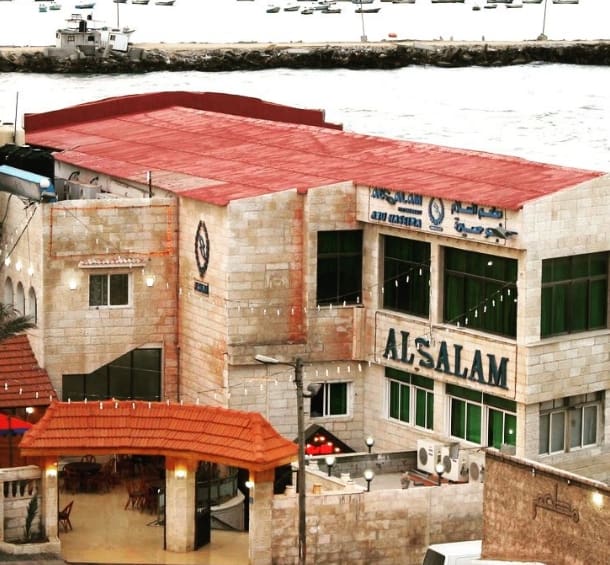

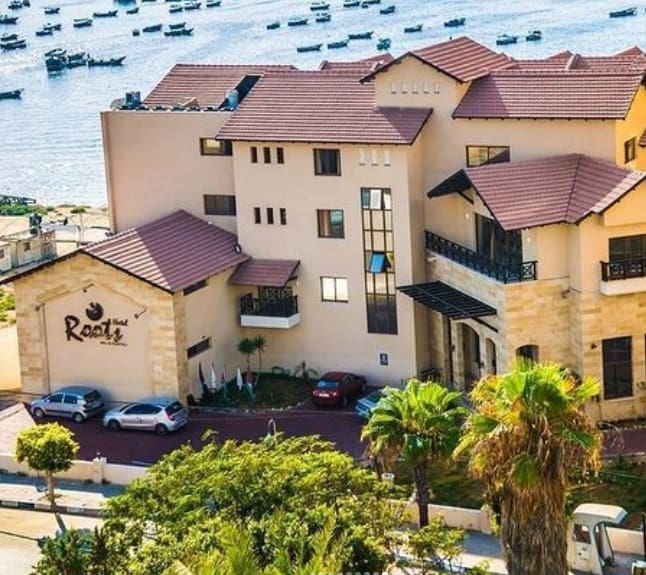
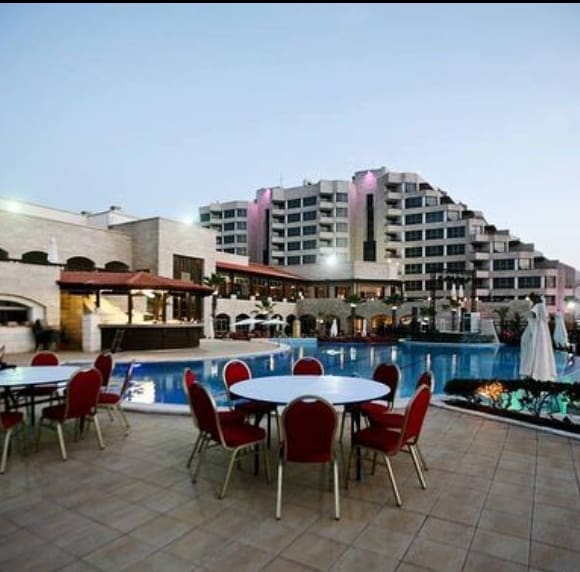
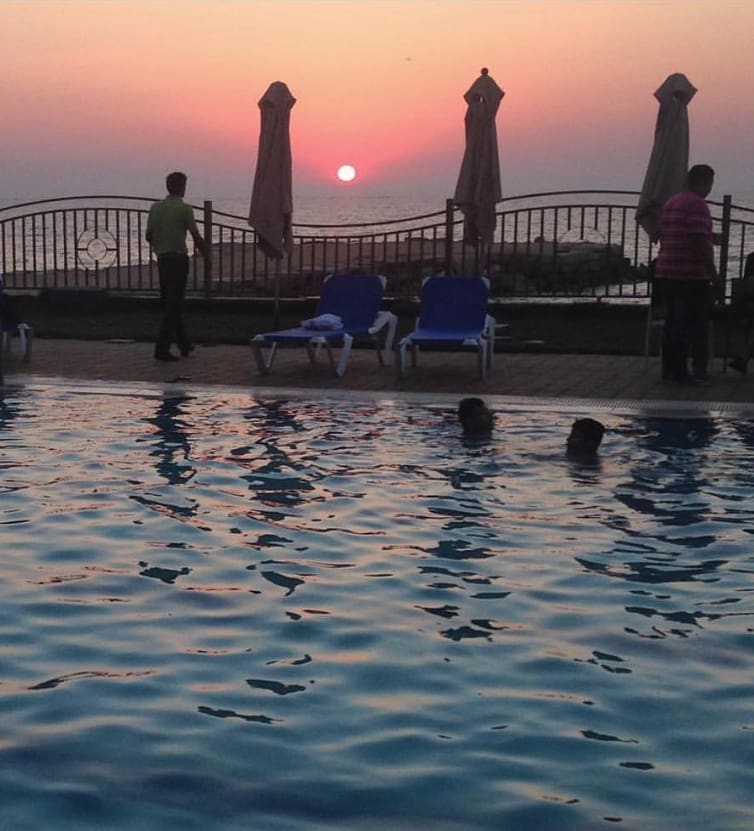
Or the Alsaada Land resort:
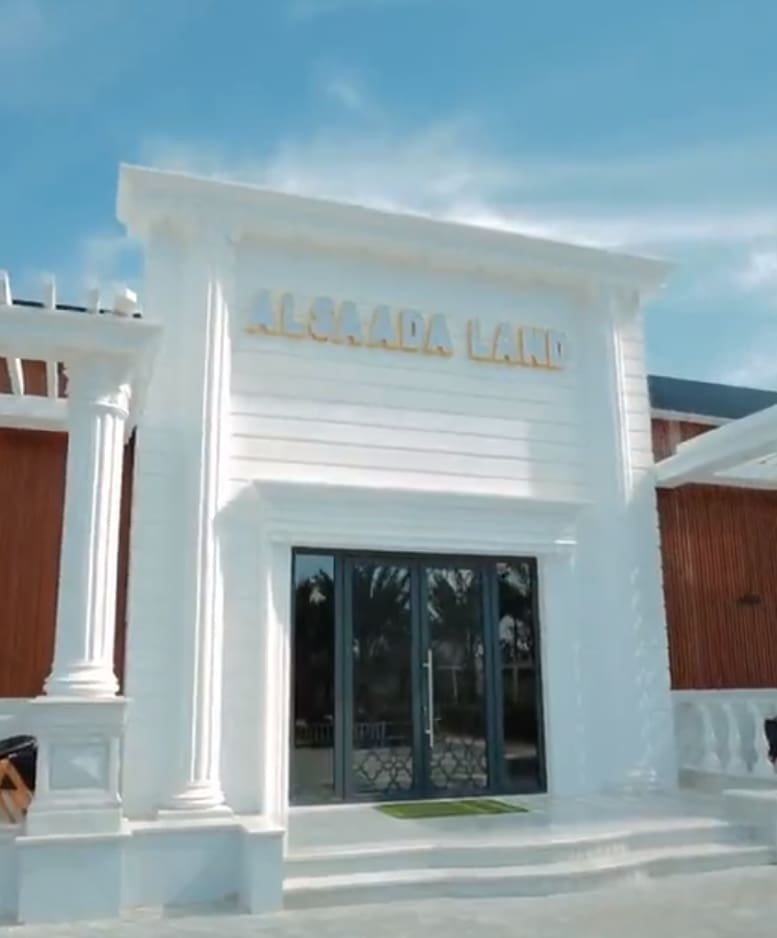
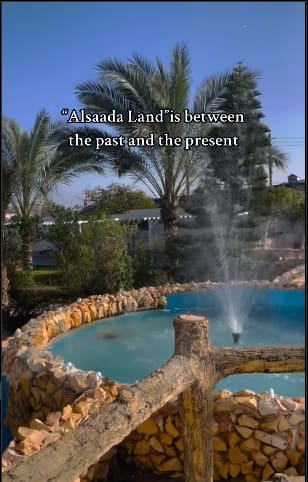
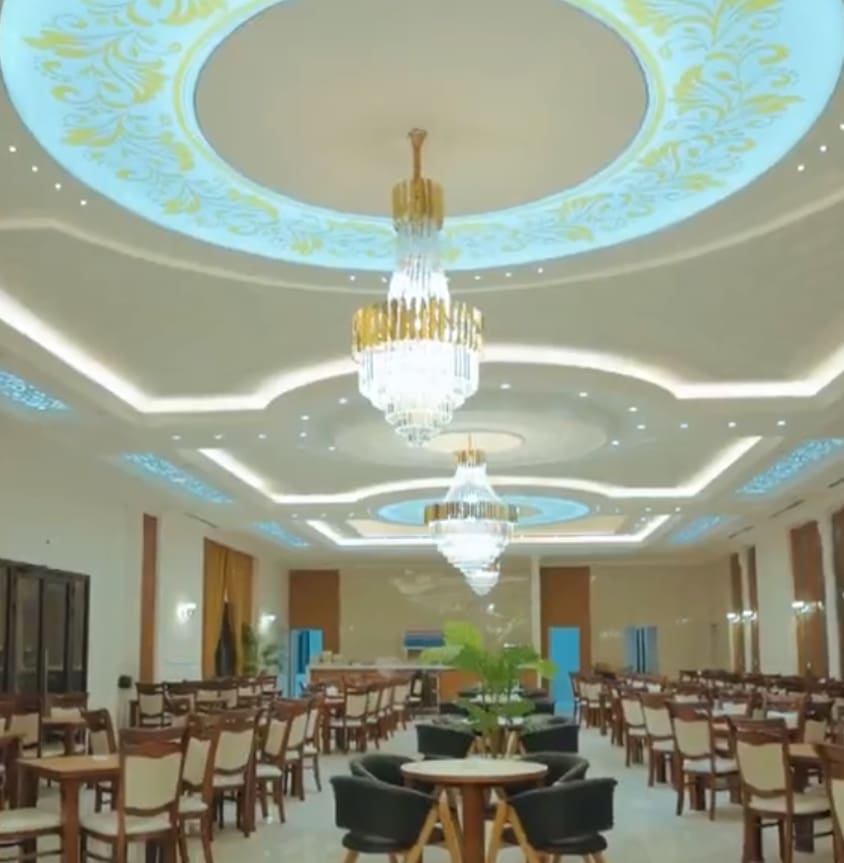


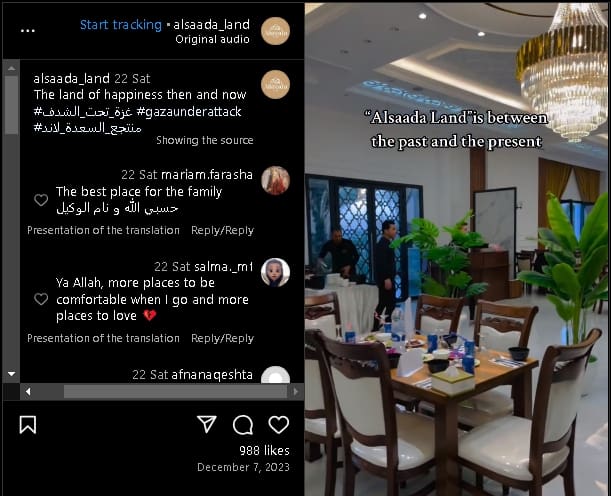
Beautiful sites
Taken from gaza_beauty on instagram, Gaza was a beautiful beach city.

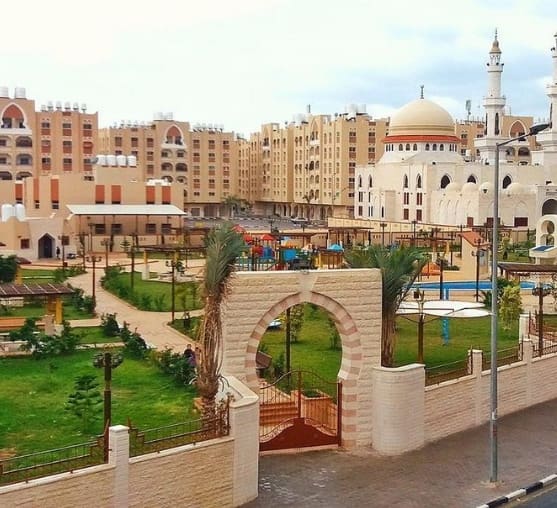
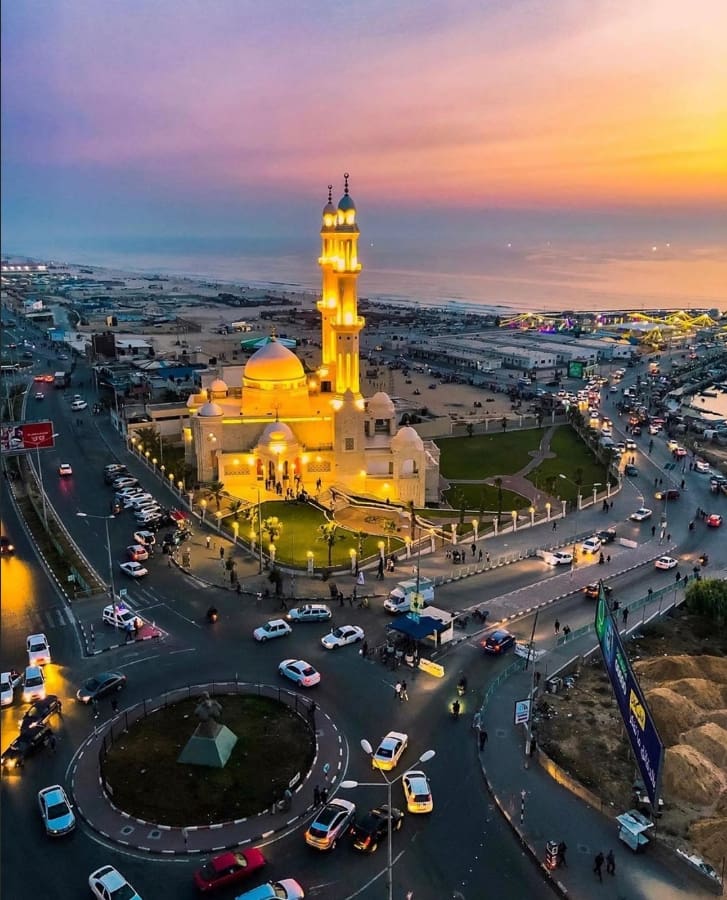
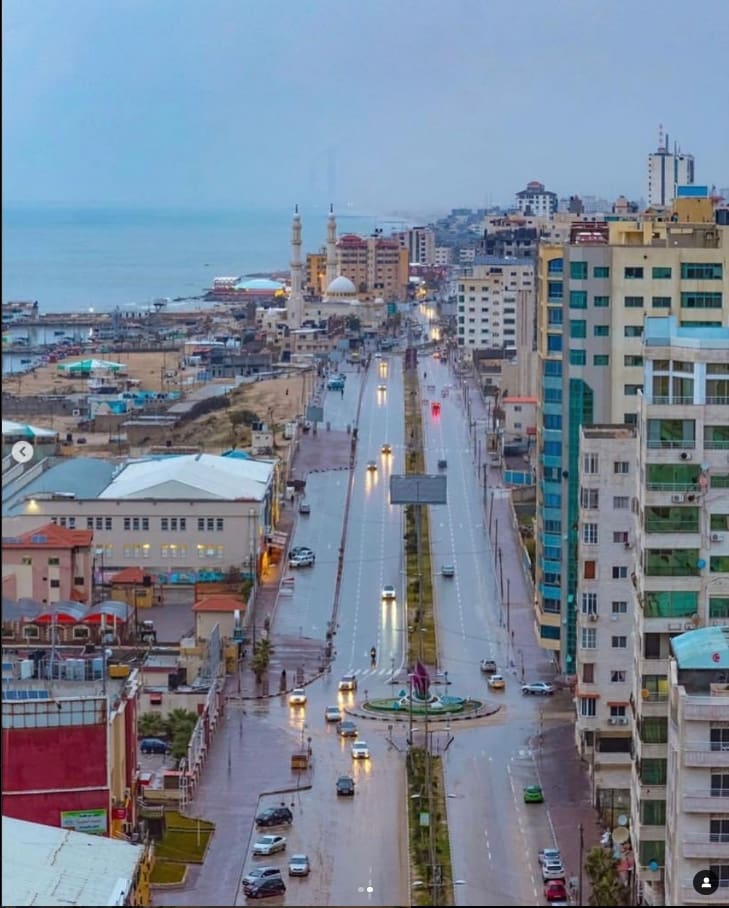
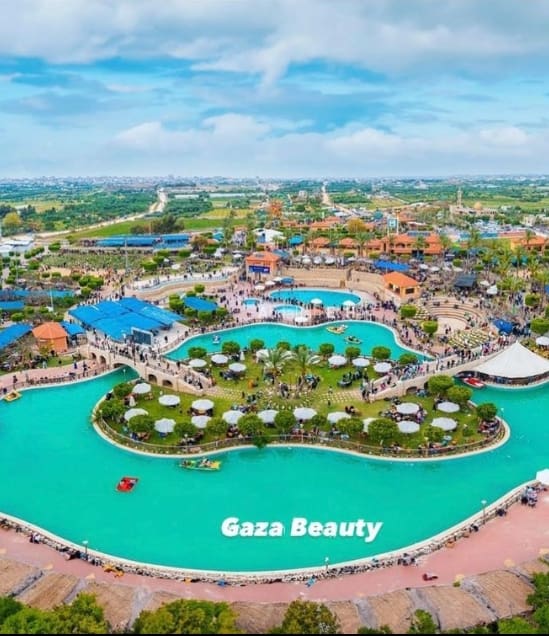
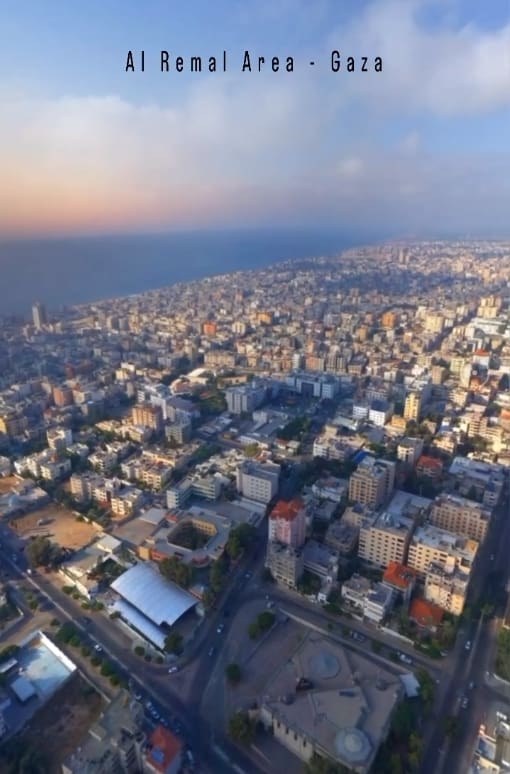
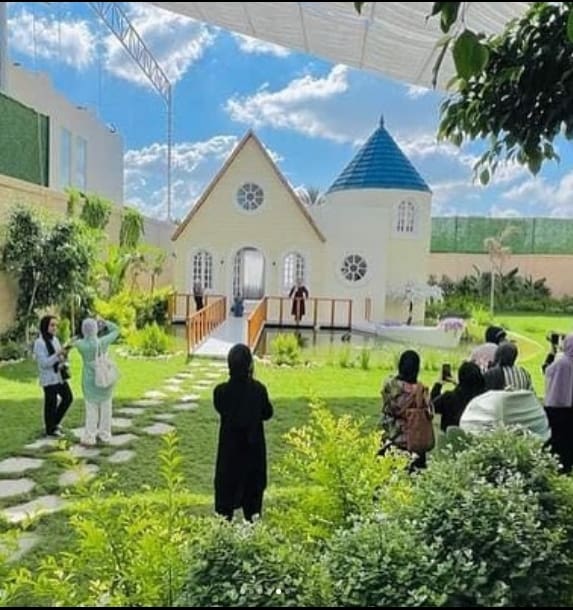
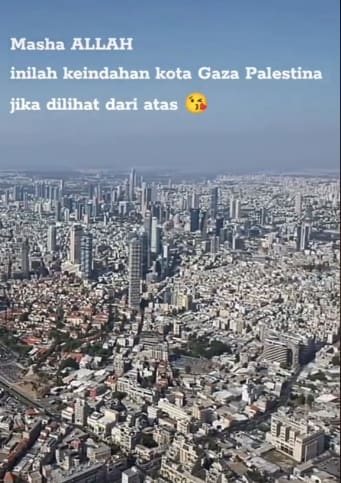
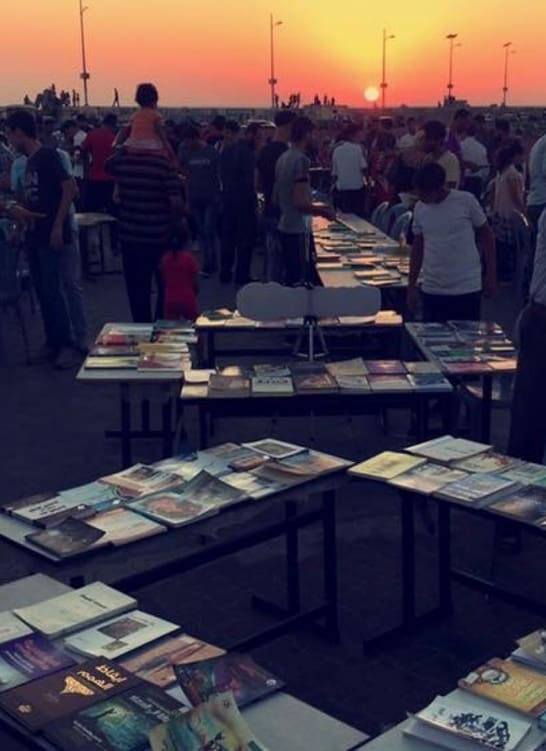
beach resorts
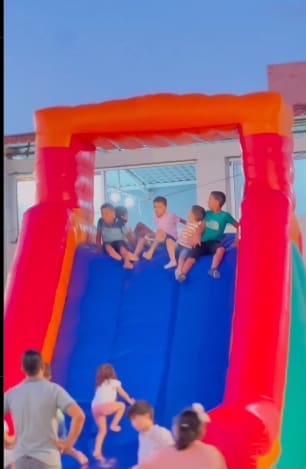
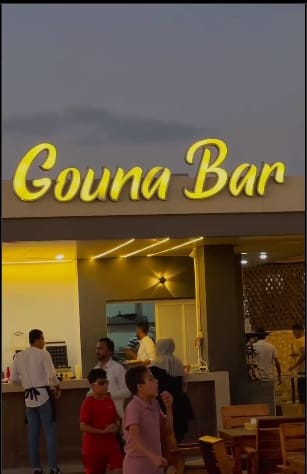
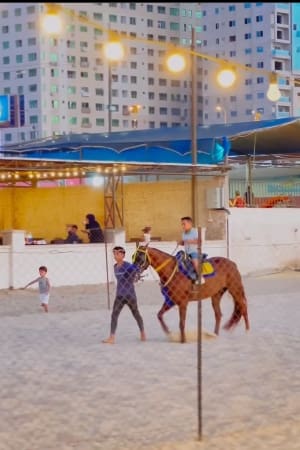
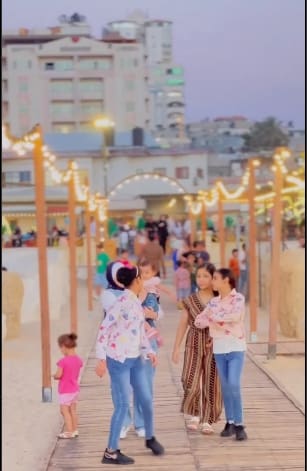
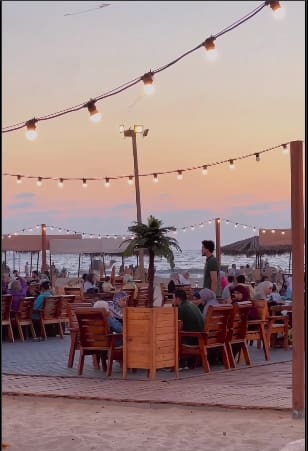
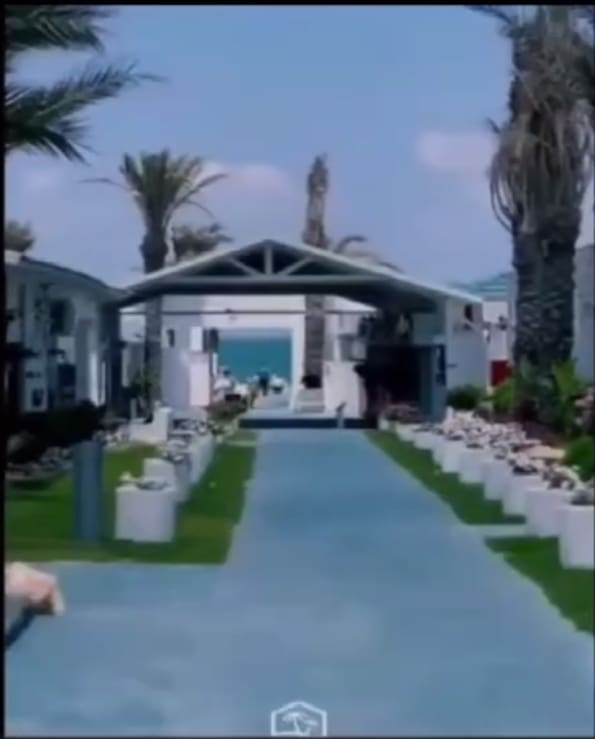
Healthcare Facilities
The region had 21 operational hospitals, 15 of them public, some of them are managed by UNRWA, the European Union, the Ministry of Health or NGOs, for example the Al-Ahli Arab Hospital is a Christian hospital that was run by the Episcopal Church in Jerusalem and the Saint John Eye Hospital was run by Venerable Order of St John. Many of the hospitals were built by Egyptian authorities in the time of the Egyptian Occupation and renovated and expanded by Israel later on. Some hospitals has run training programs for nursing students in cooperation with universities in the Gaza Strip, many doctors learned and expanded their knowledge a Israel hospitals.
There were hospitals dedicated to children, women, eye care, cosmetic treatment etc.
The Gaza Health Ministry had also run medical and health care providers.
Many Gazans received medical treatment in Israel hospitals.
The Palestine Red Crescent Society (PRCS) is an humanitarian group that runs in Gaza. It is part of the International Red Cross and Red Crescent Movement. It had run hospitals and clinics to provide medical care. It also had ambulances and emergency teams.
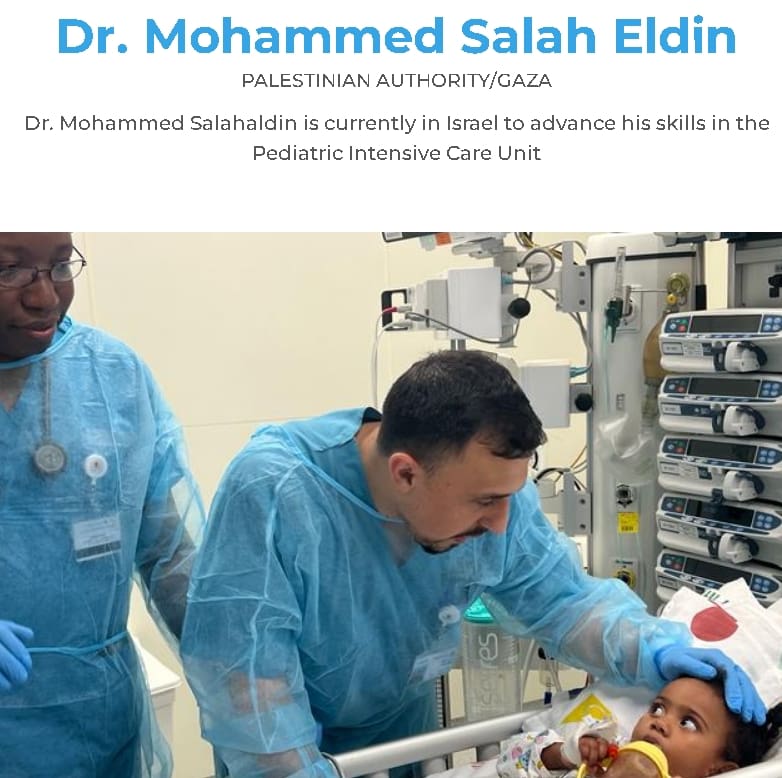
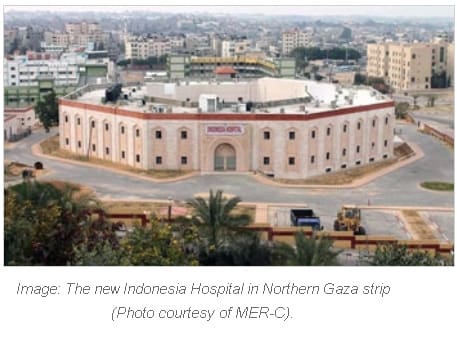



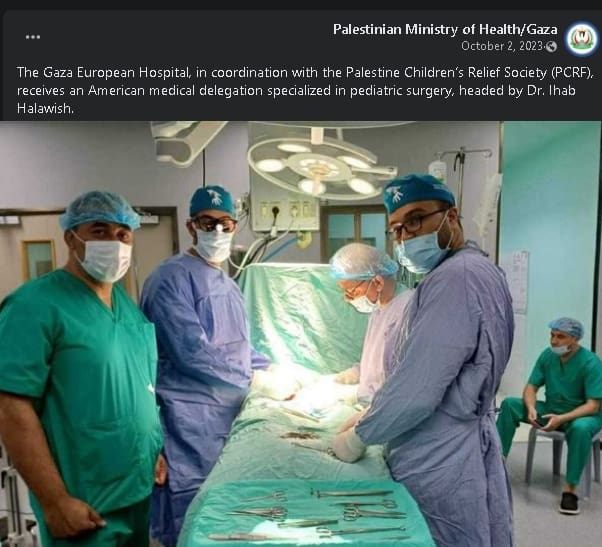

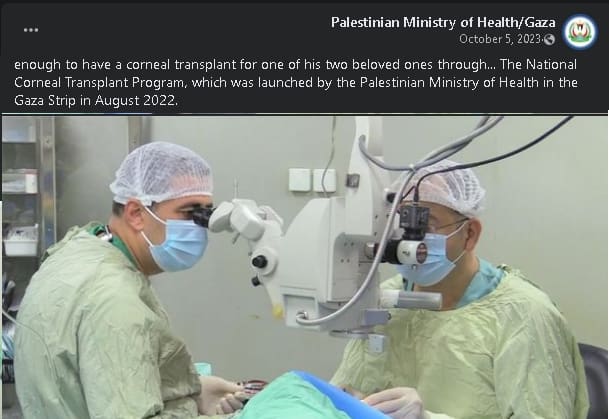
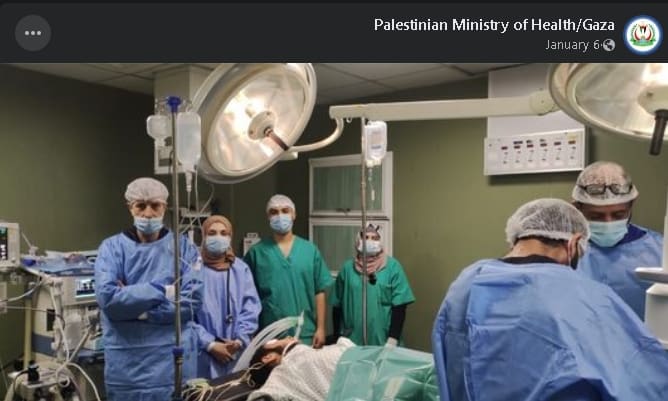
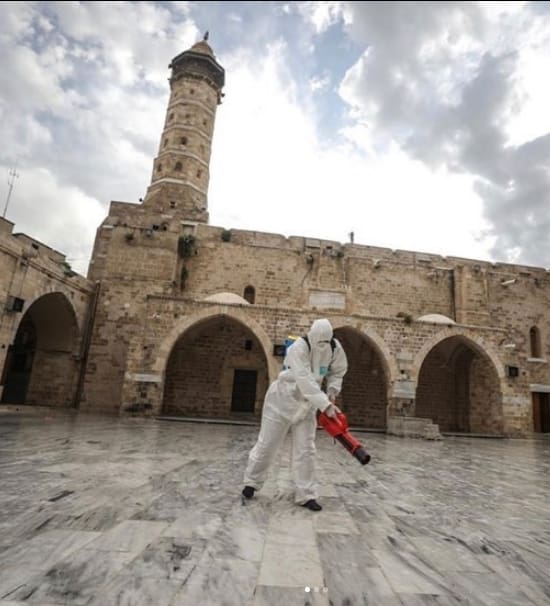
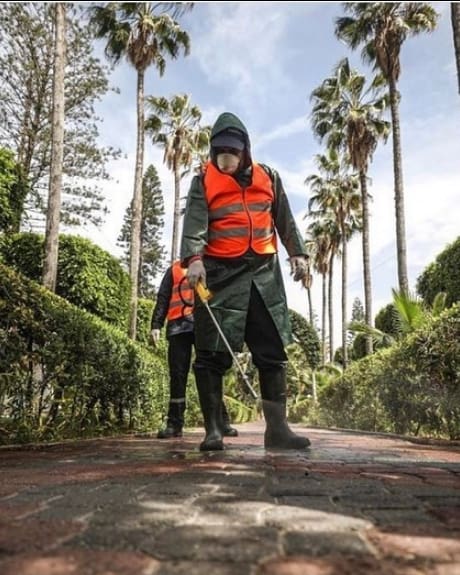

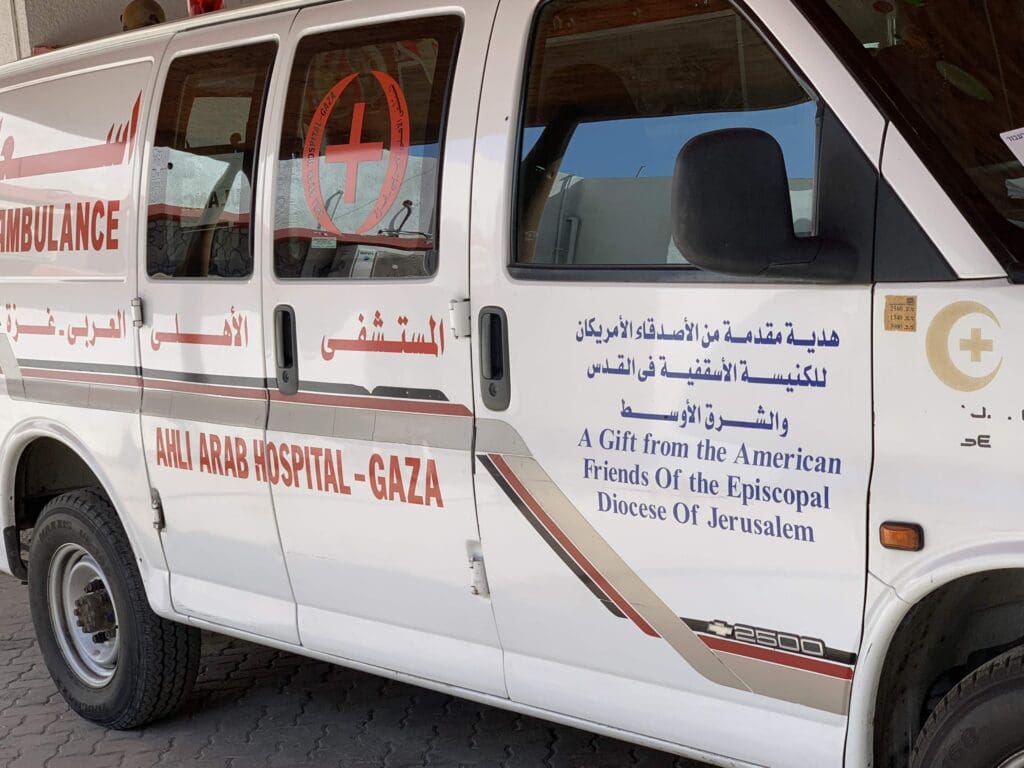
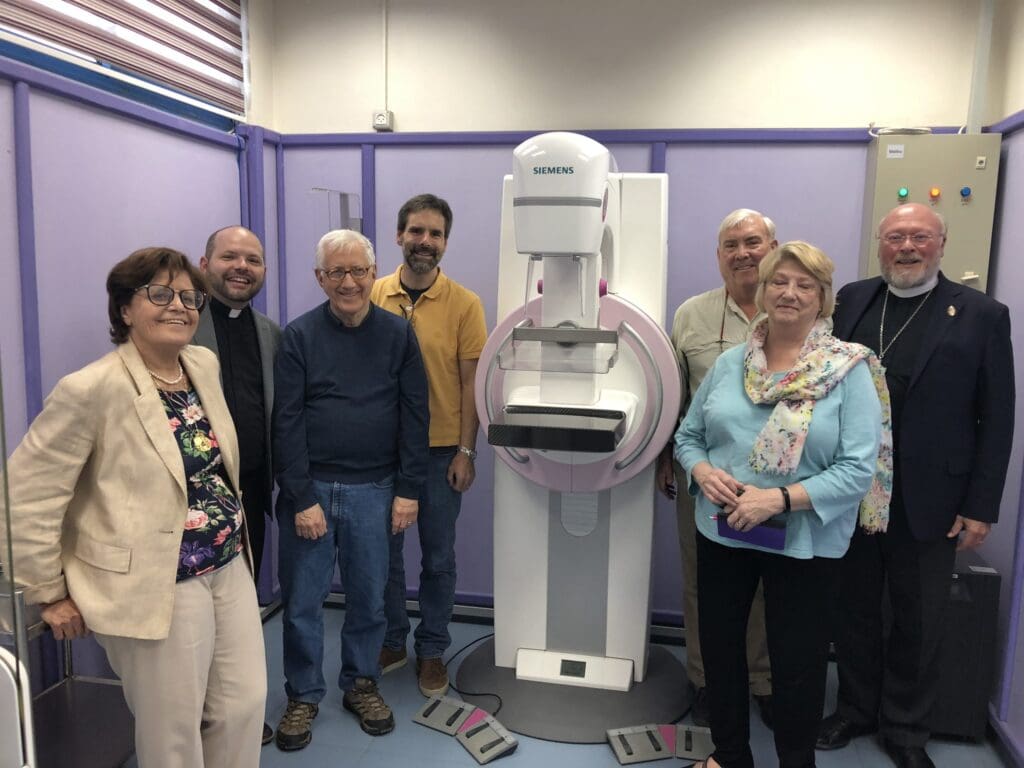
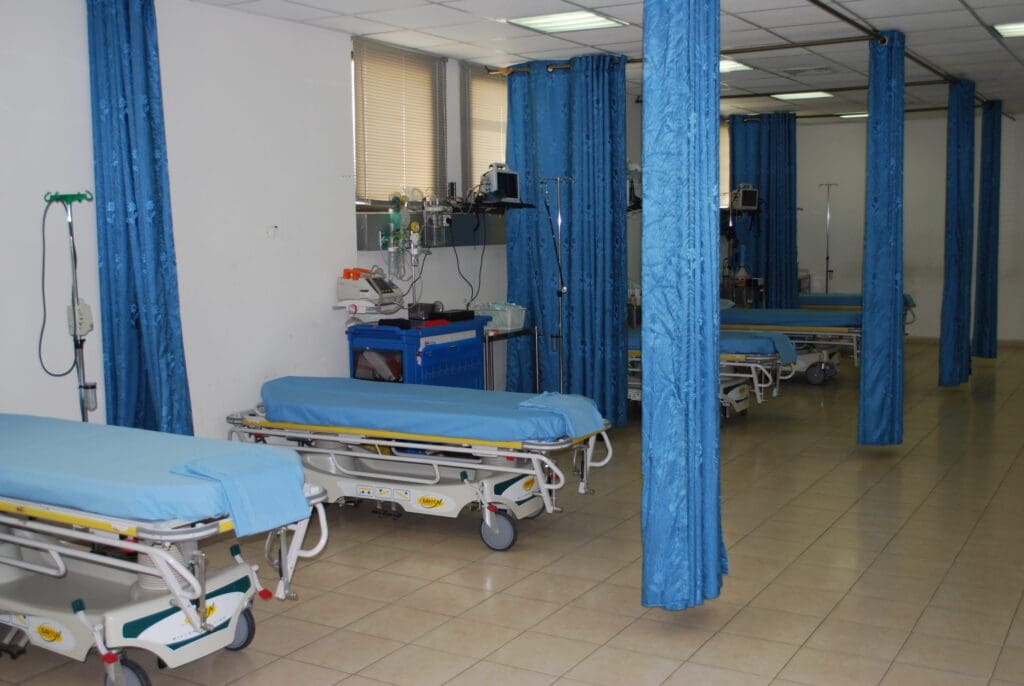
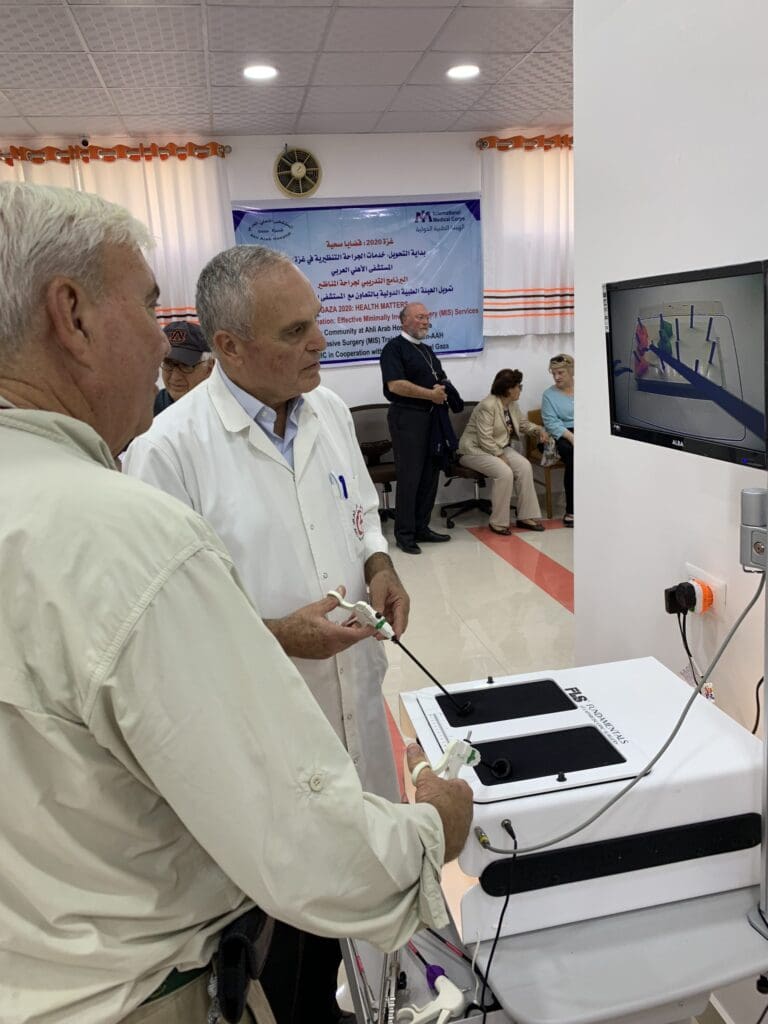
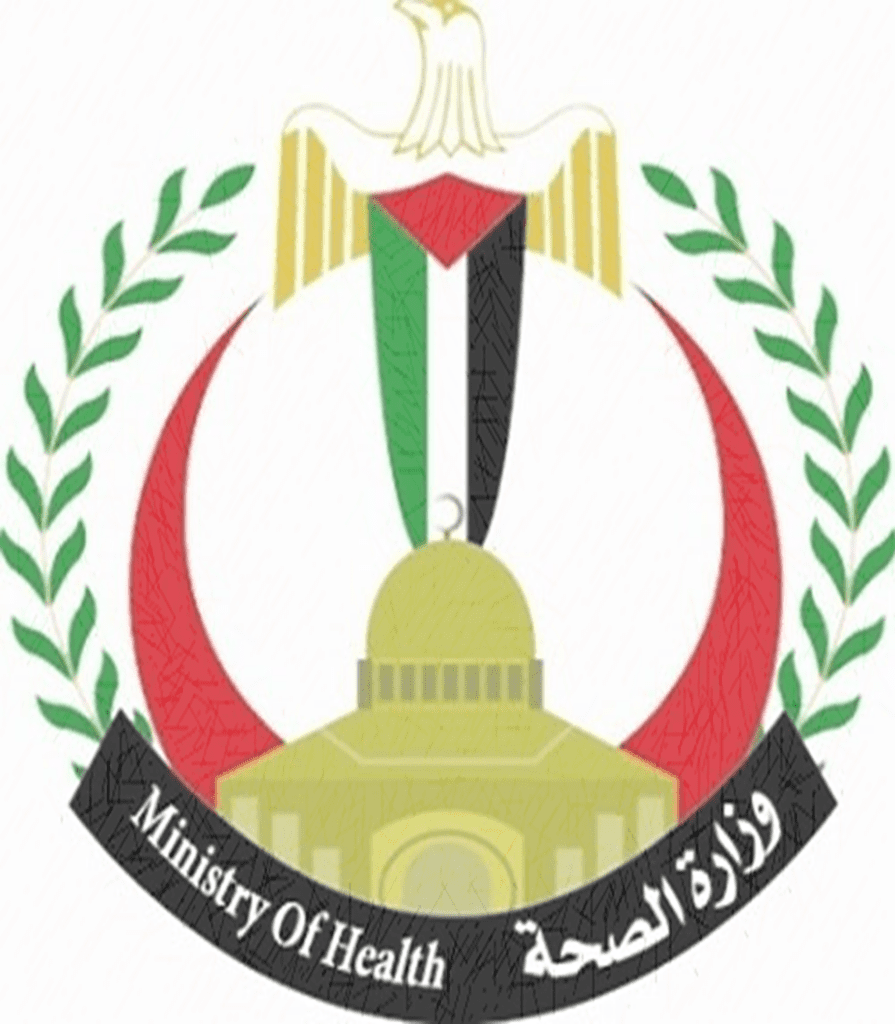
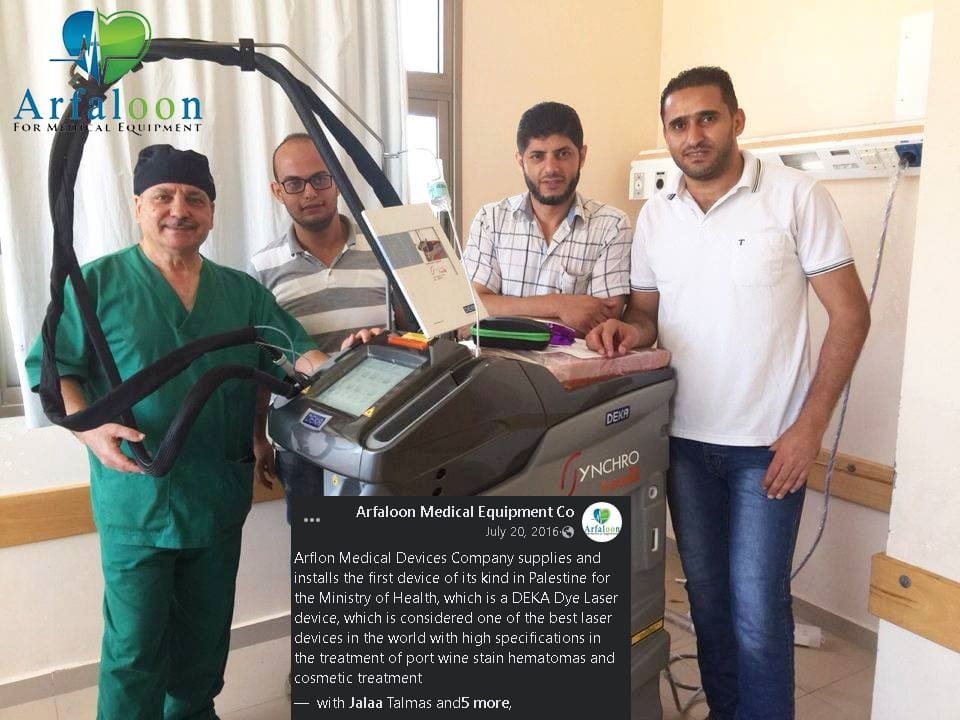
Educational Institutions
Gaza hadan education system ranging from 8 primary schools some of them were bilanguage and international, through 11 universities with varied faculties as Applied Sciences, Art and Human sciences, Education, Fine Arts, Media, Management and Financing, Sports, Information Technology, Law Pharmacy, Agriculture and Environment, Administrative Sciences, Applied Medical Sciences etc. The universities had capability of awarding BA, BSc, MA, MSc, MD, PhD, diplomas and higher diplomas, in addition to 20 research centers. The universities belonged to regional and international associations and networks of higher education.
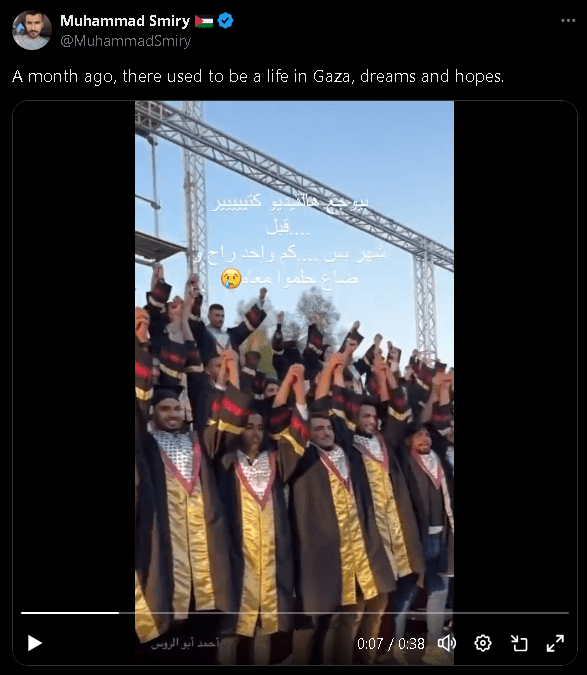
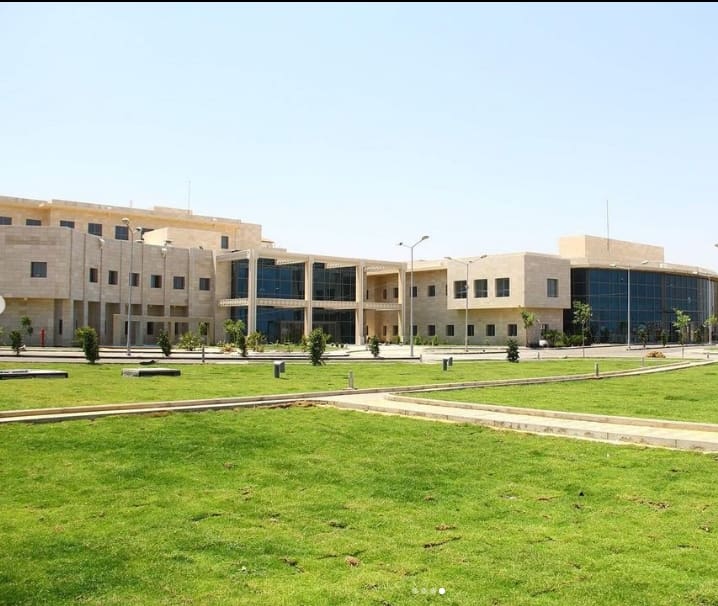
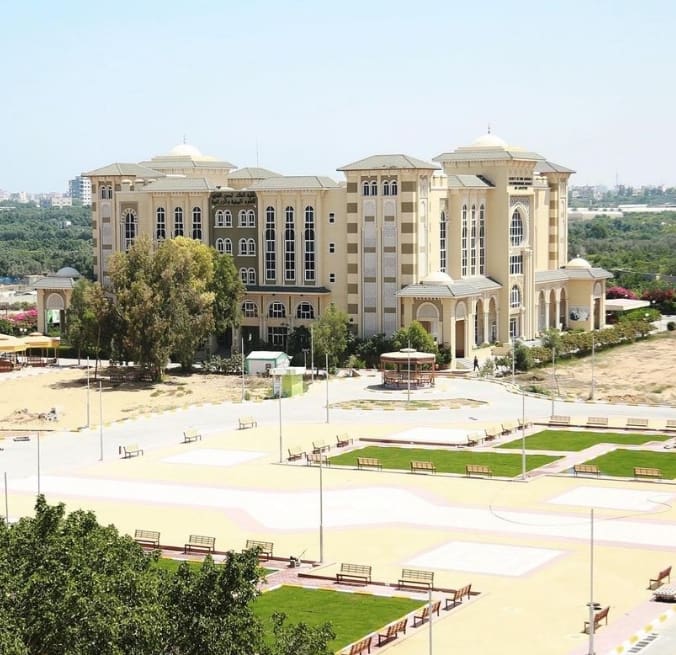
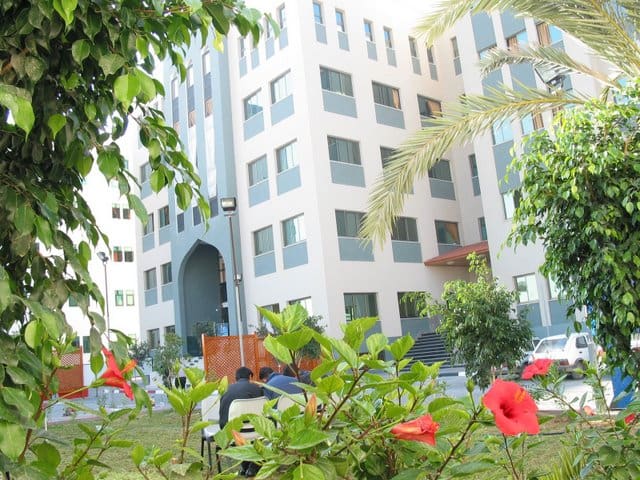

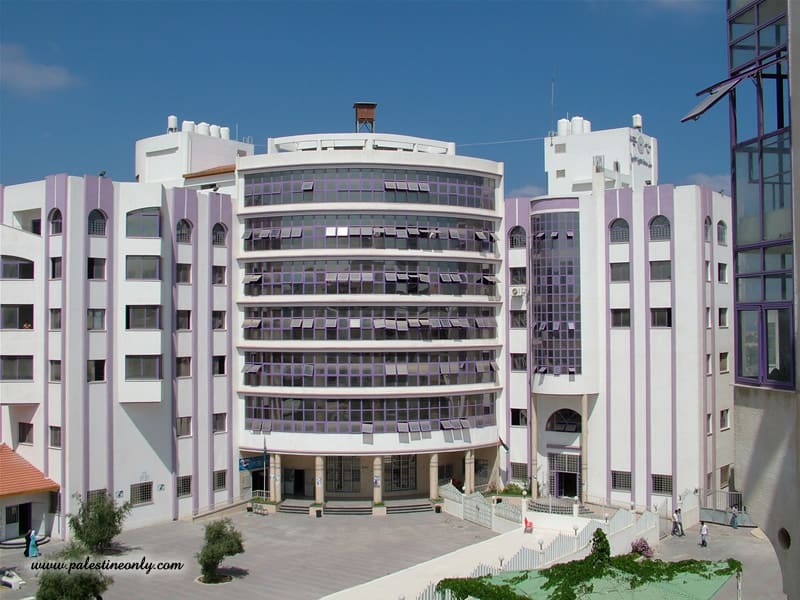
Justice system
The Palace of Justice, a seven story buildings in the south of Gaza.
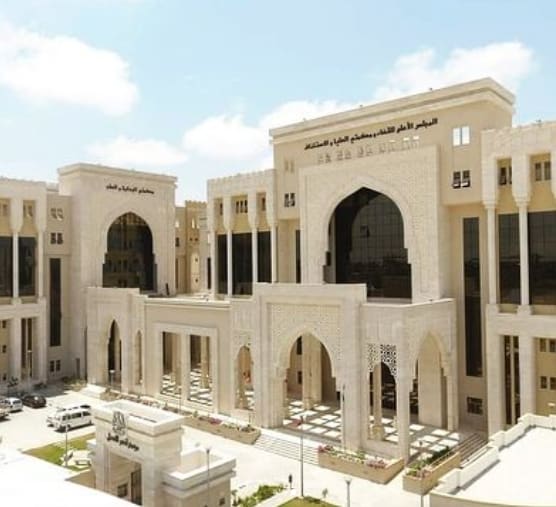
housing and living conditions
Comfortable and luxury houses and apartments are available for residential purposes.
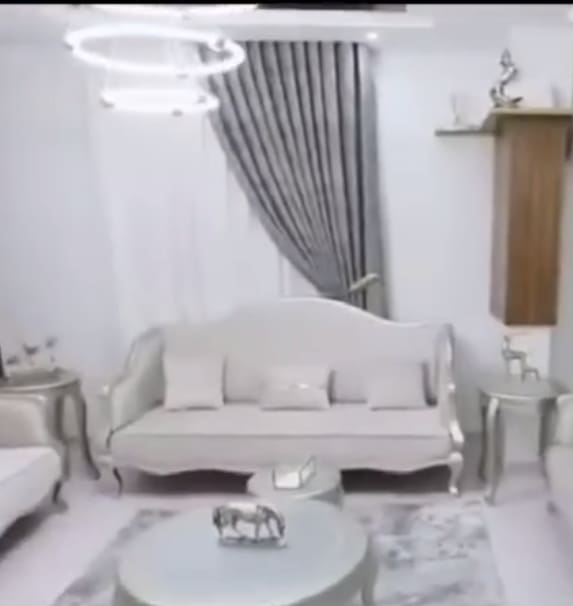
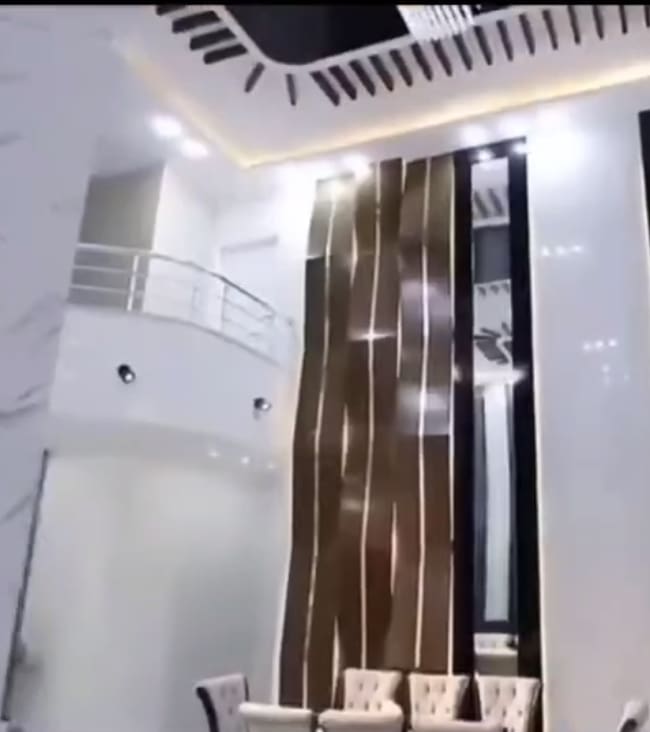

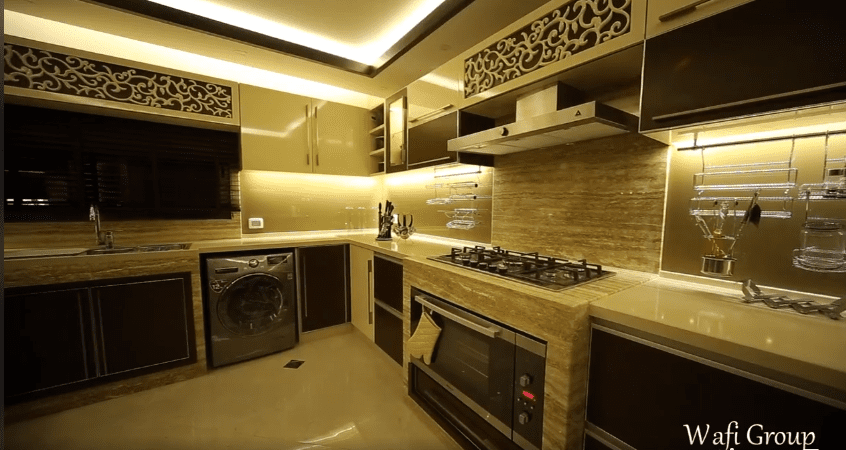
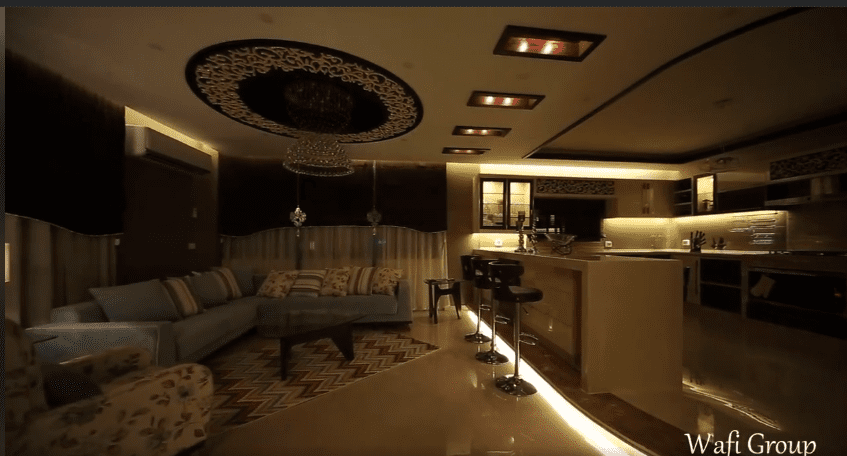
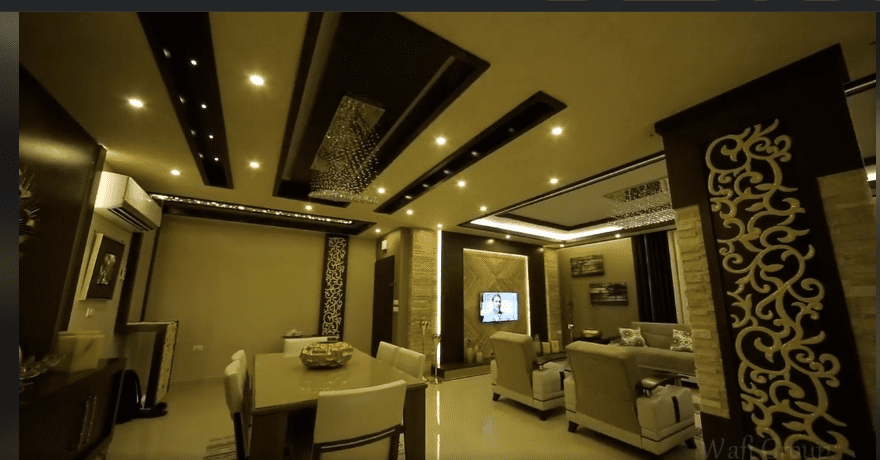
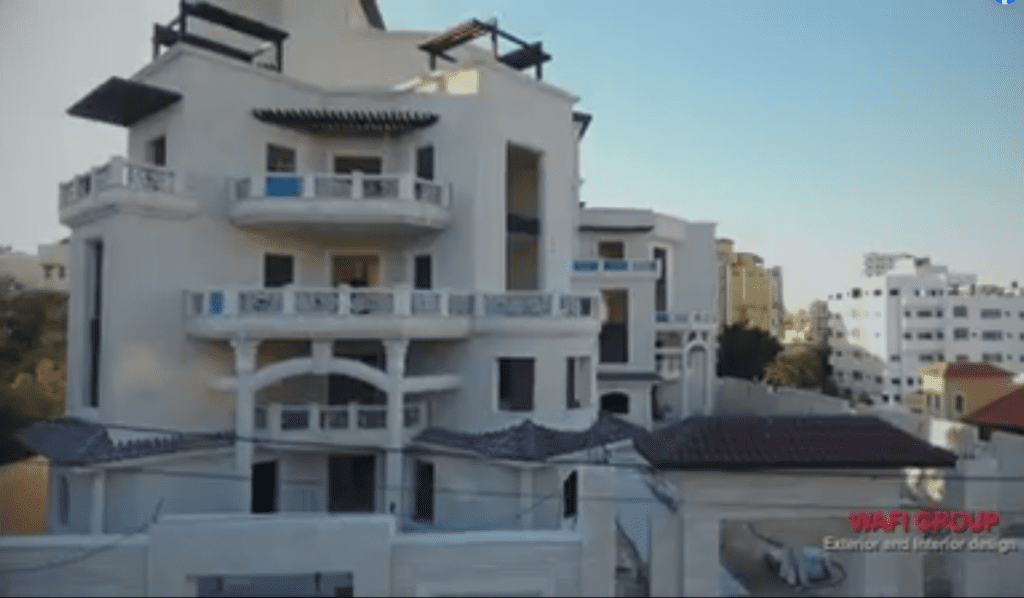


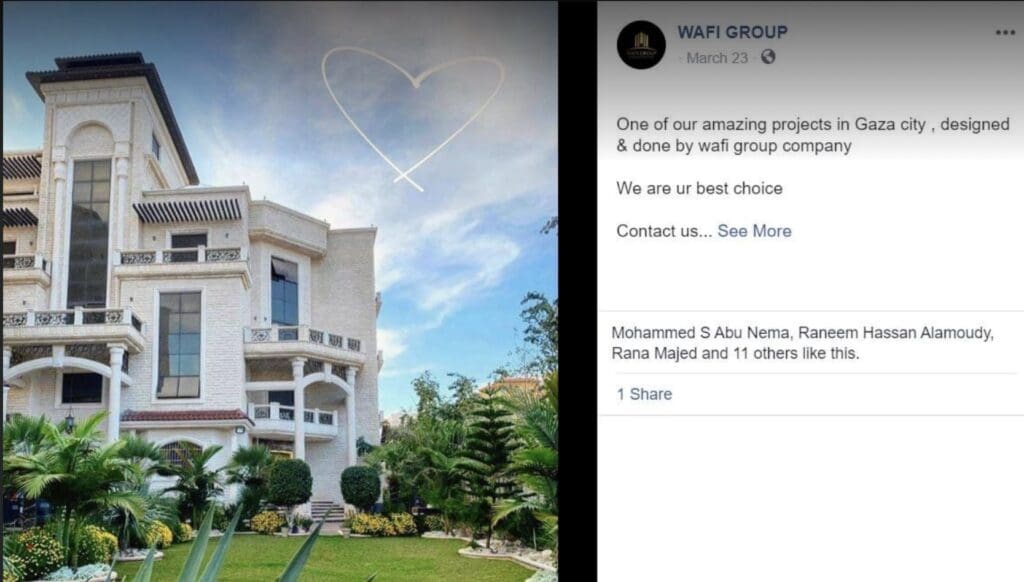


Religious Practice
The presence of hundreds of mosques allows for freedom of religious worship.
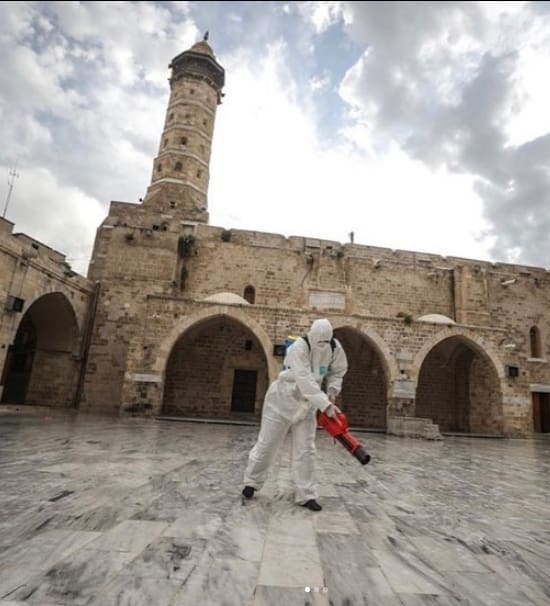
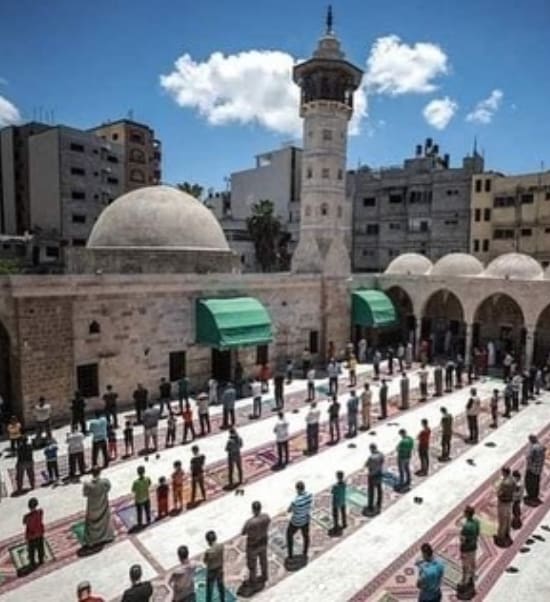
culture
Gaza had Cultural centers as the Rashad Shawa cultural center and it had local and international festivals and music concerts.

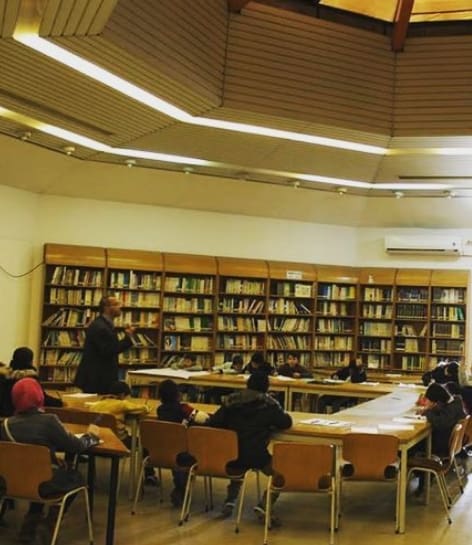
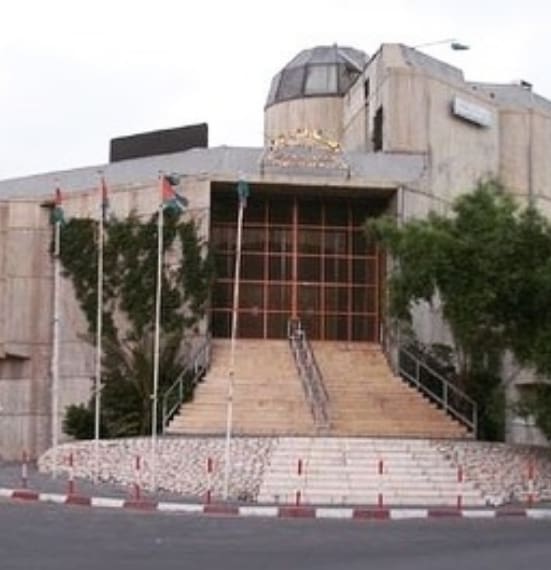
compared to other palestinian refugees
The situation of Palestinian refugees in Syria and Lebanon stands in stark contrast. These populations face severely restricted rights and lack access to basic services afforded to Gaza residents under Israeli administration. This dichotomy has arguably attracted less attention from international observers and media outlets.

